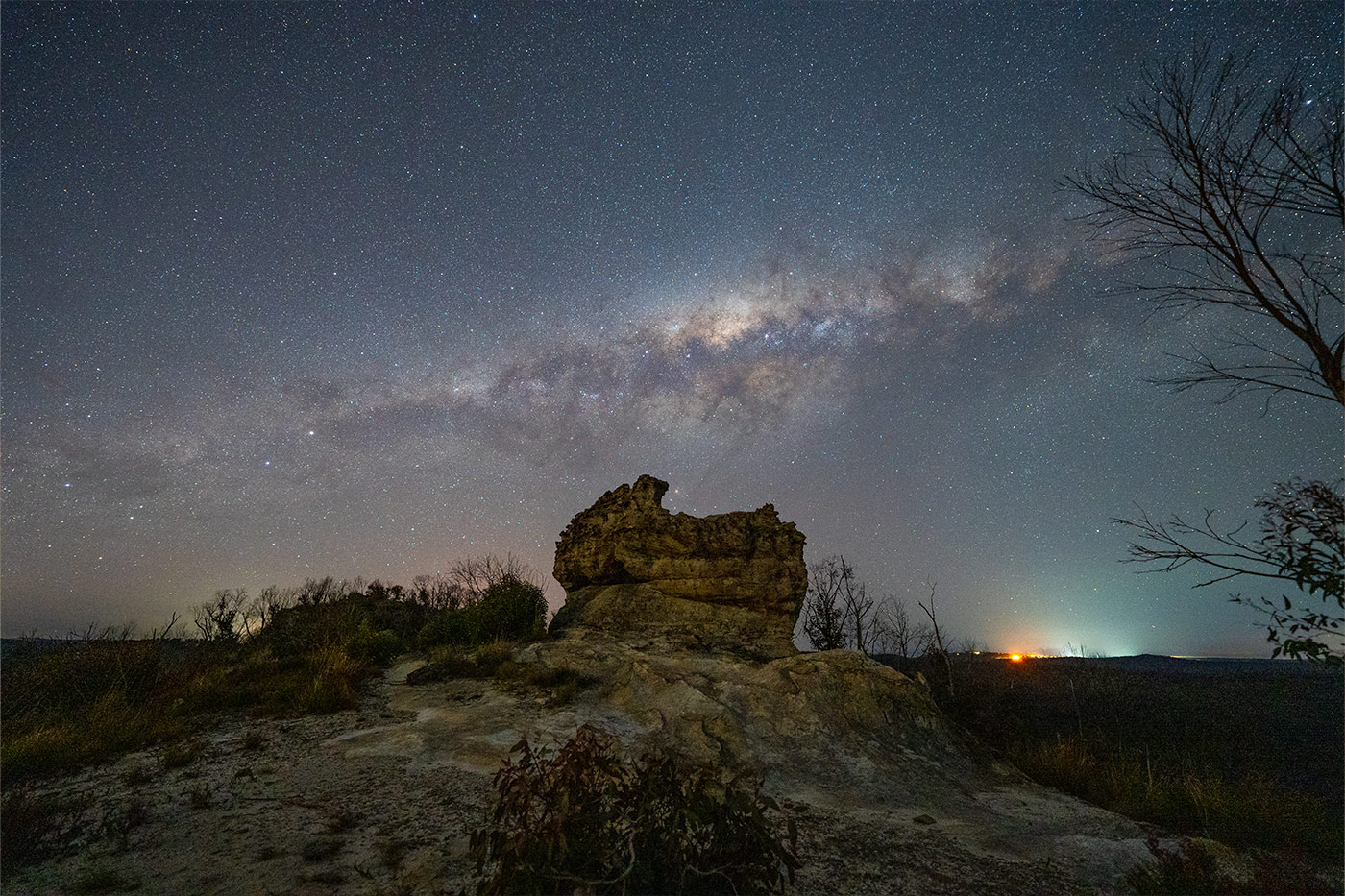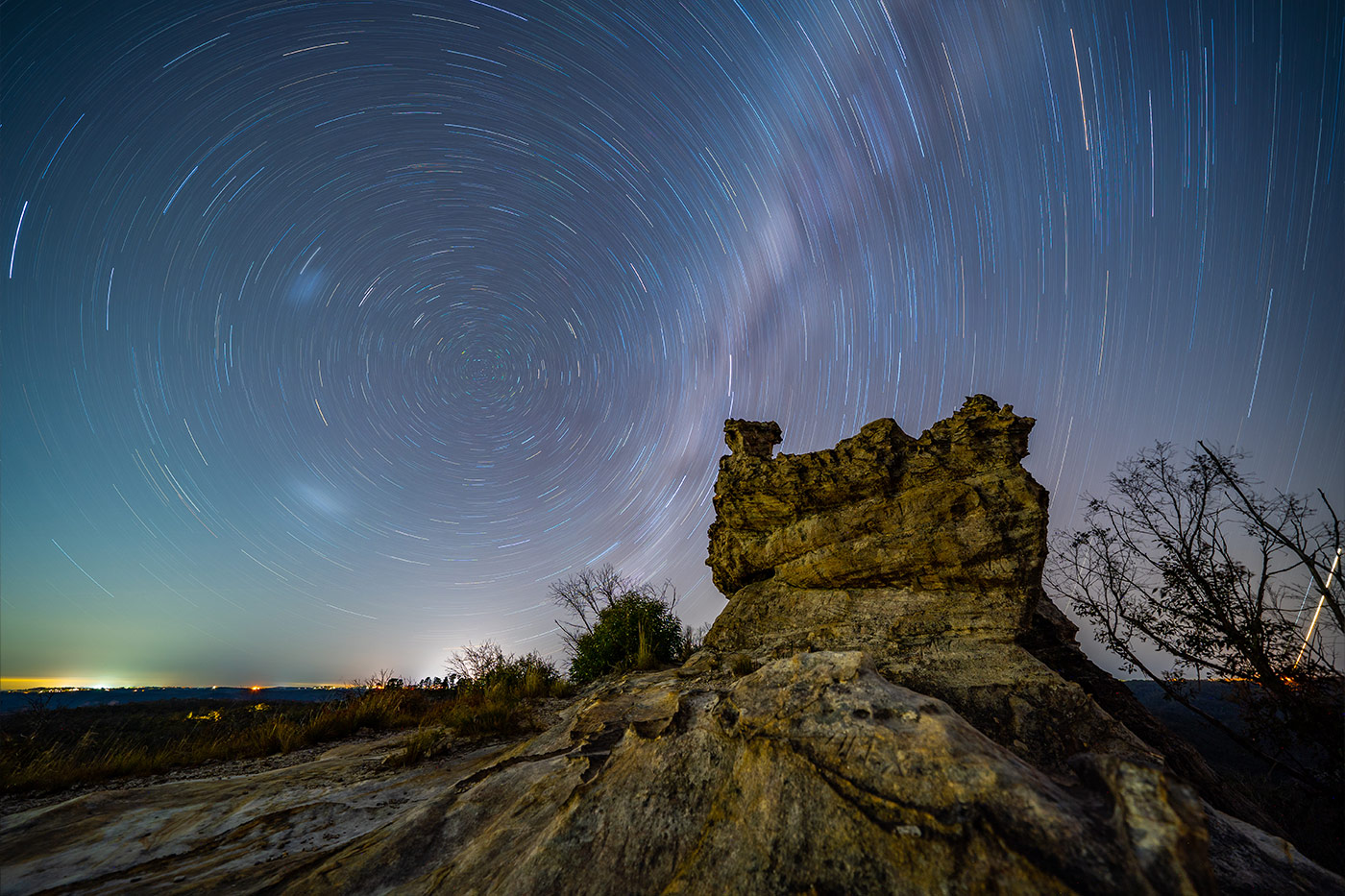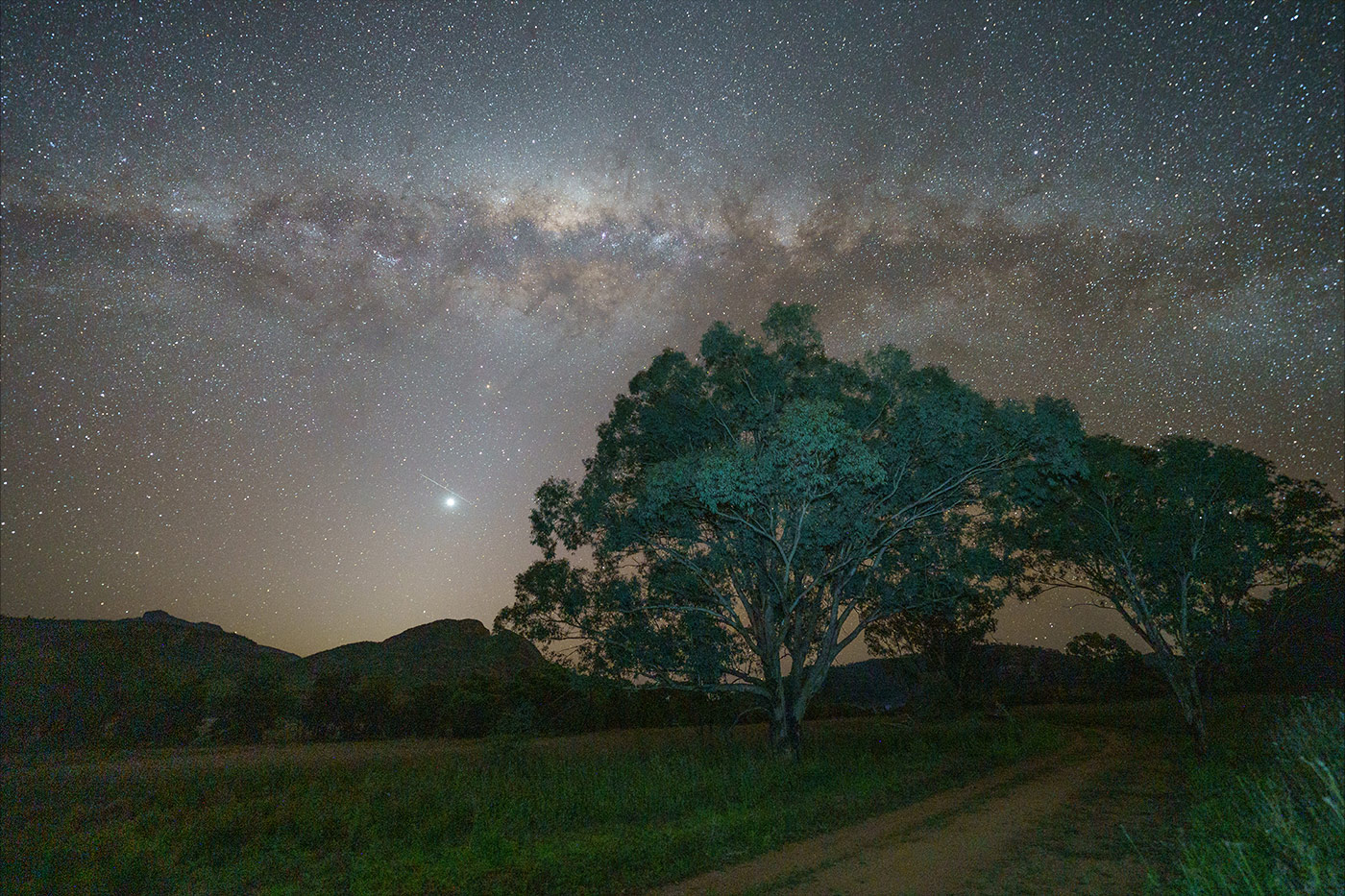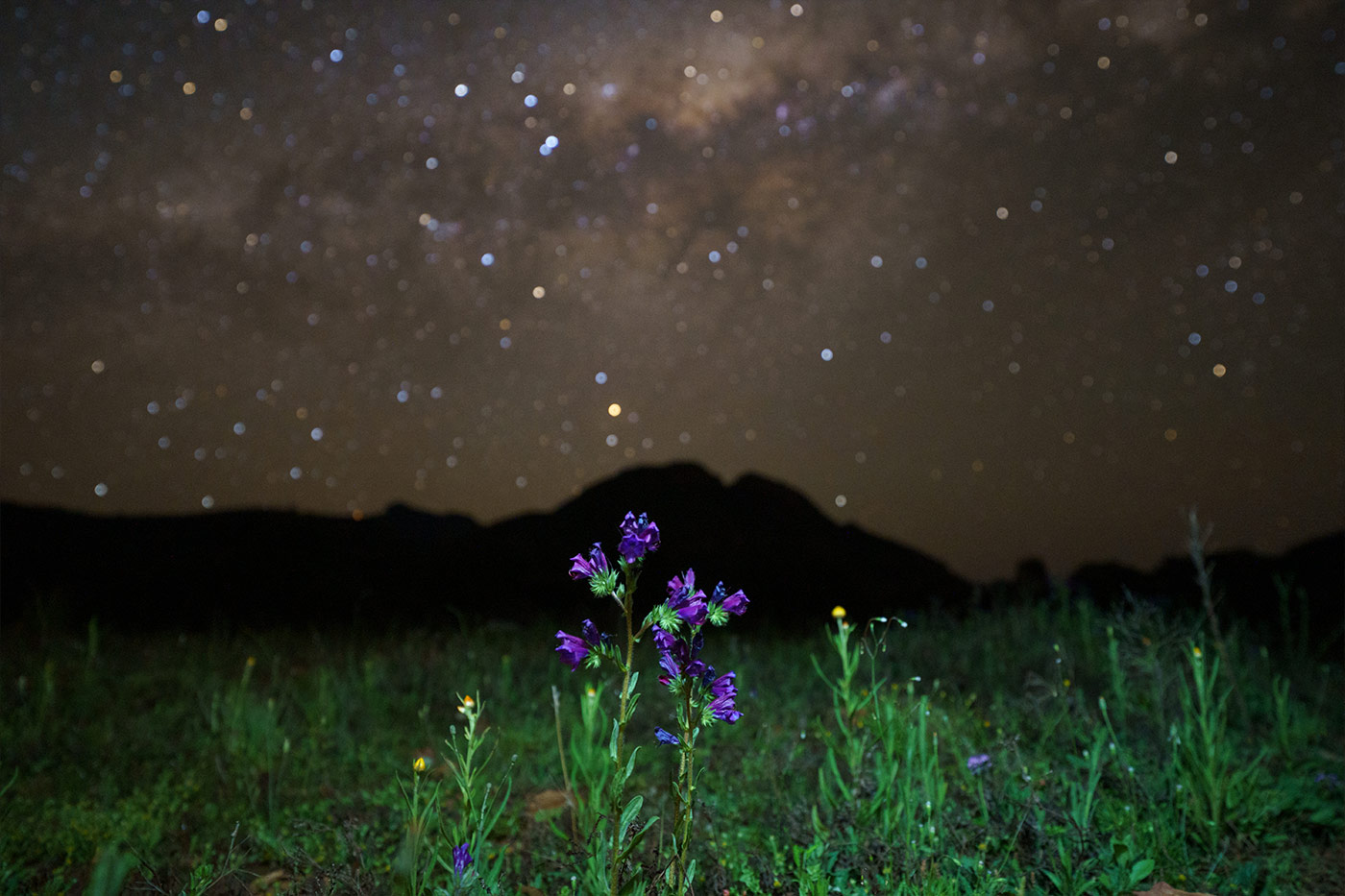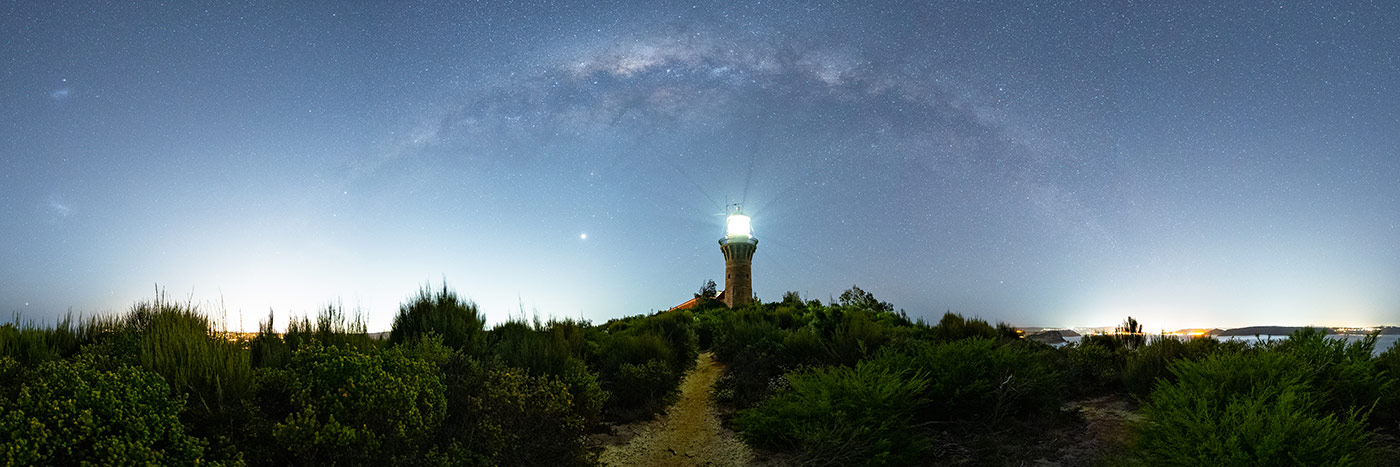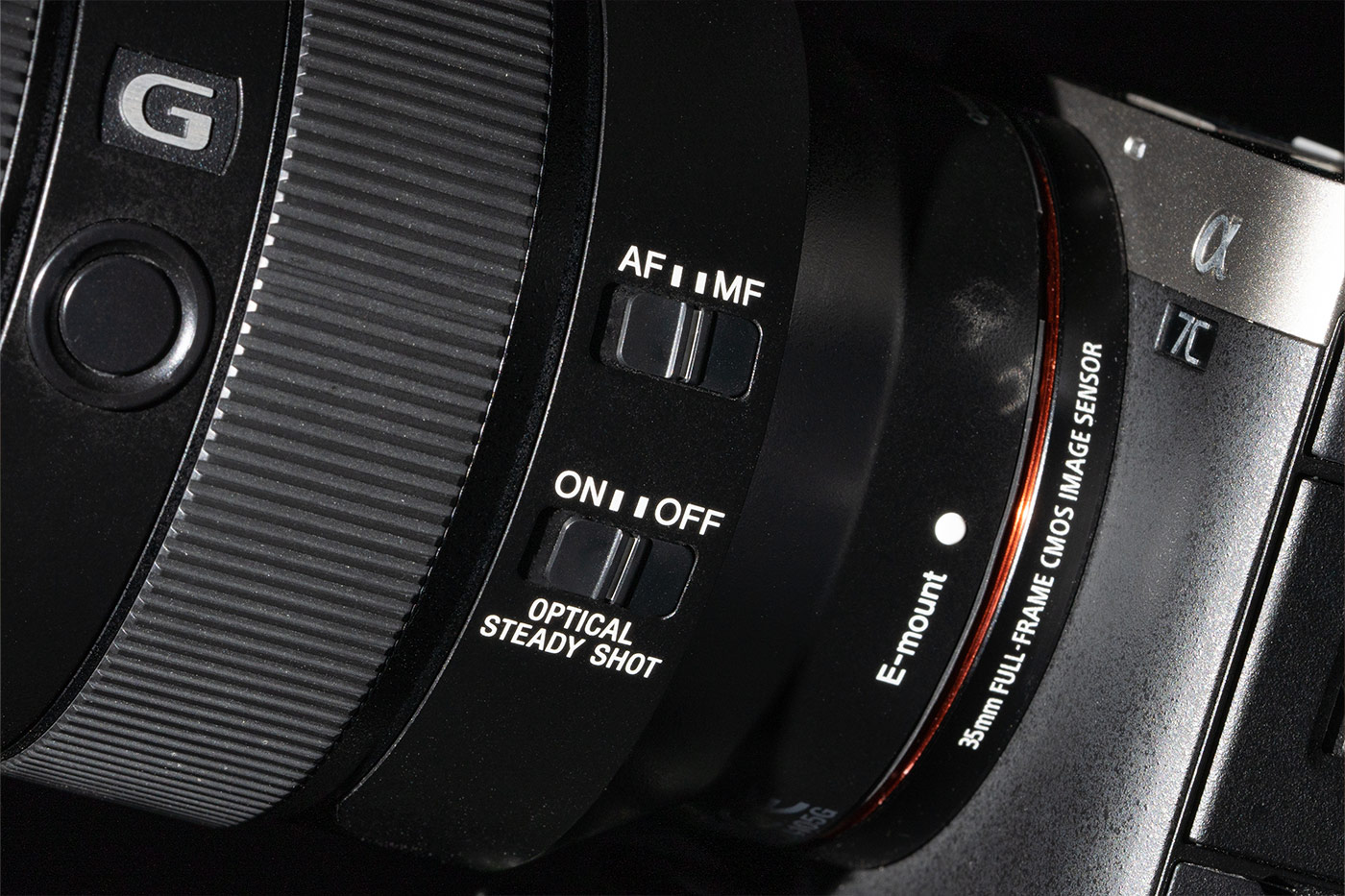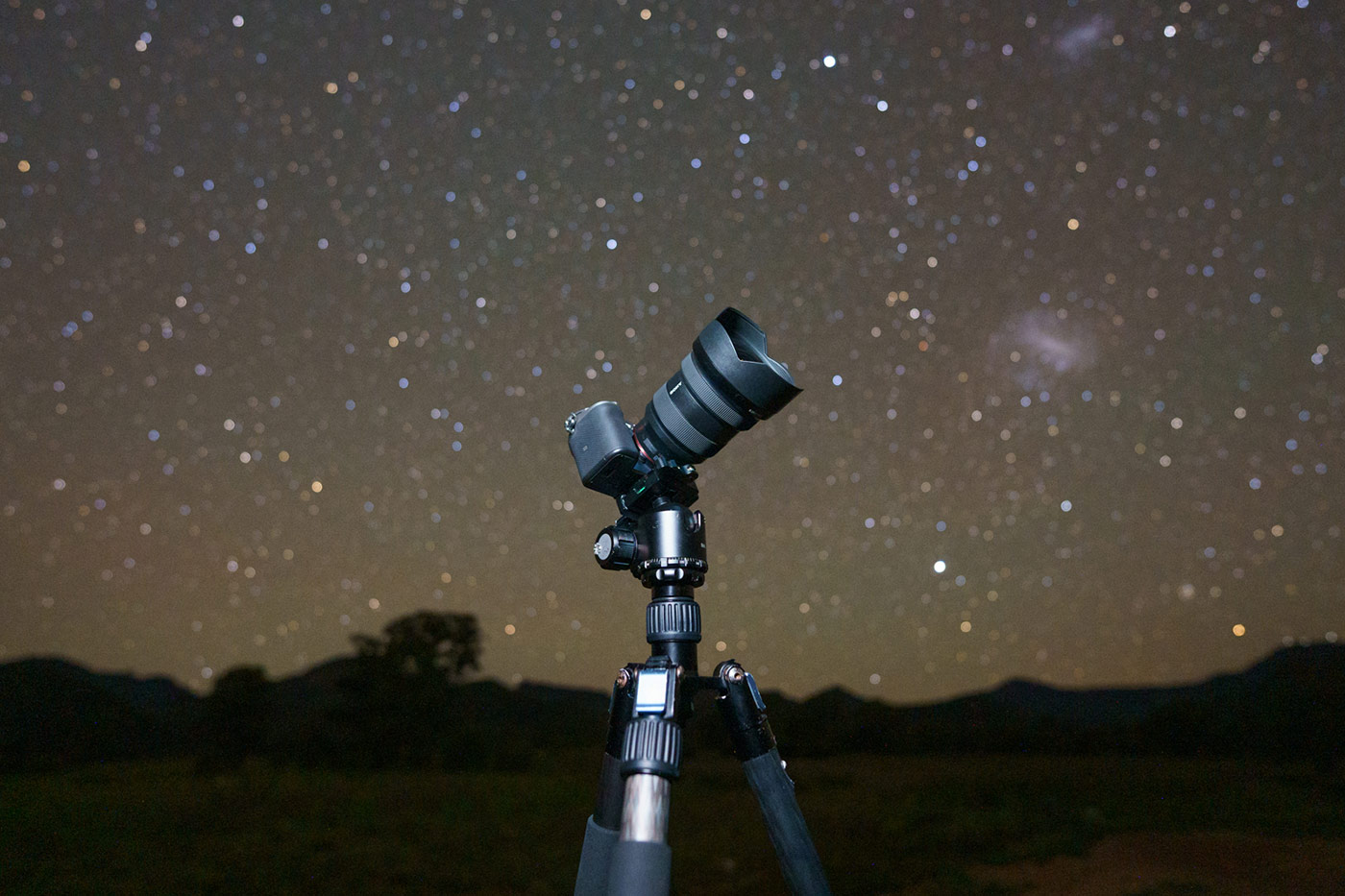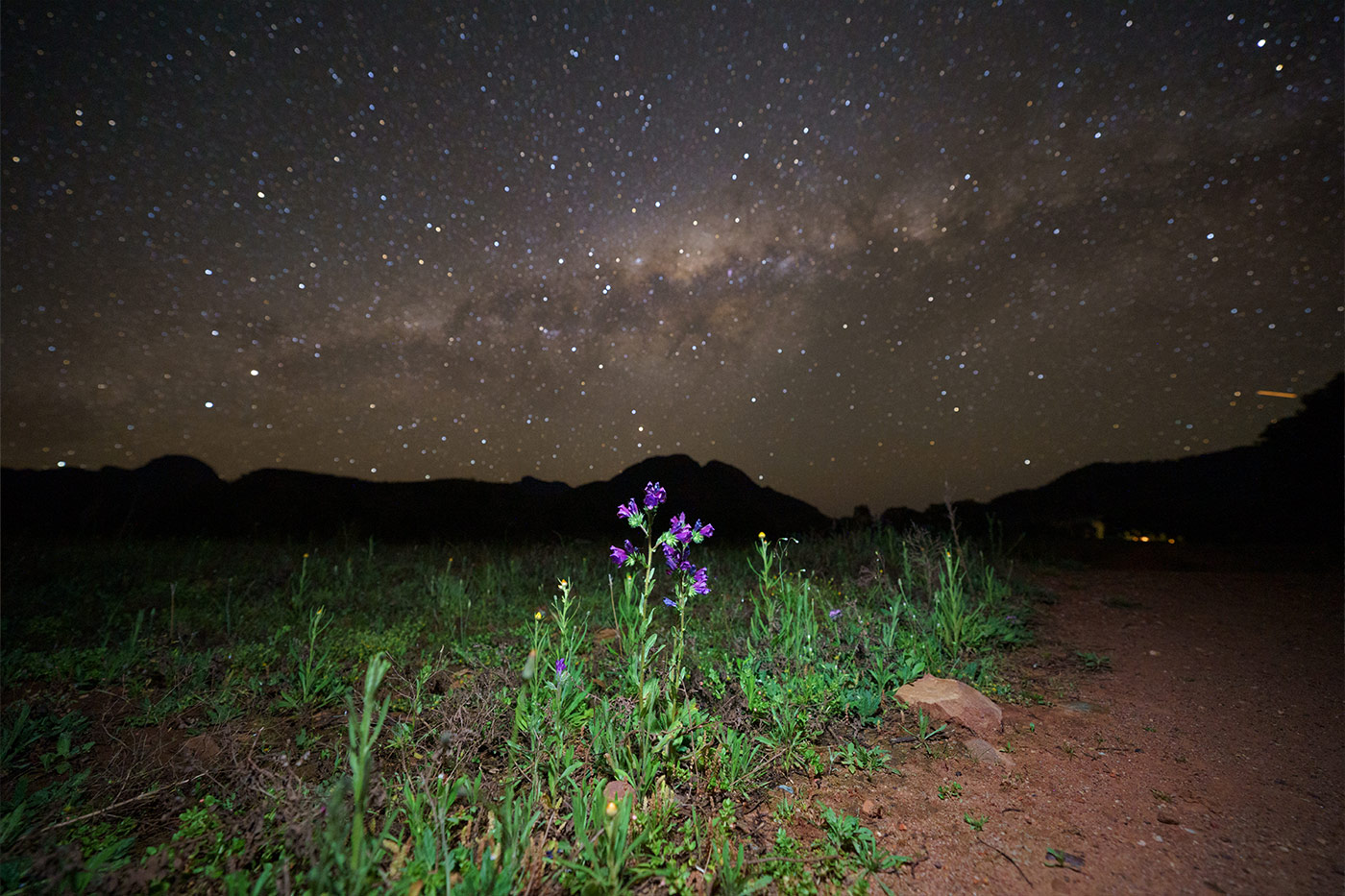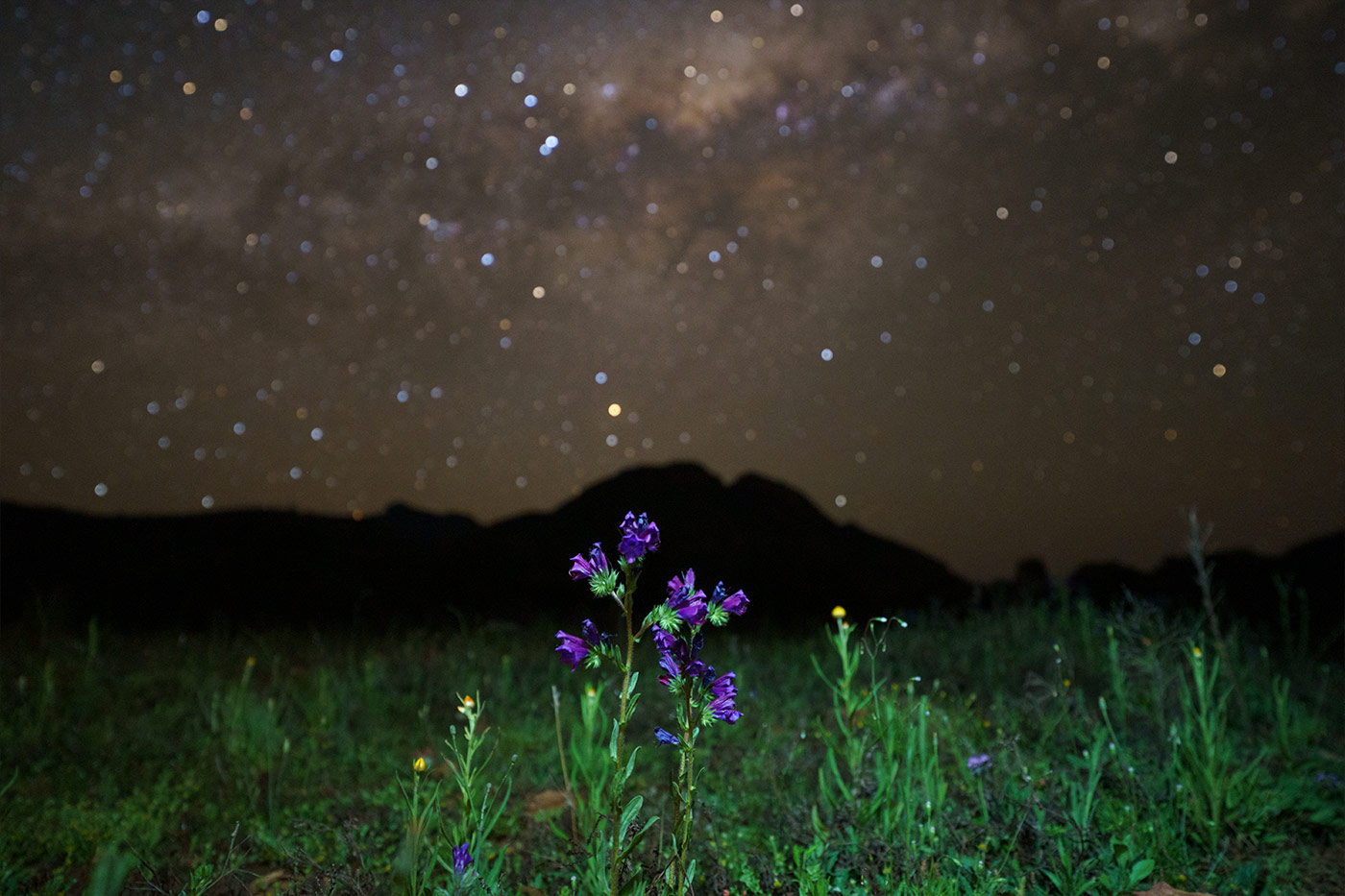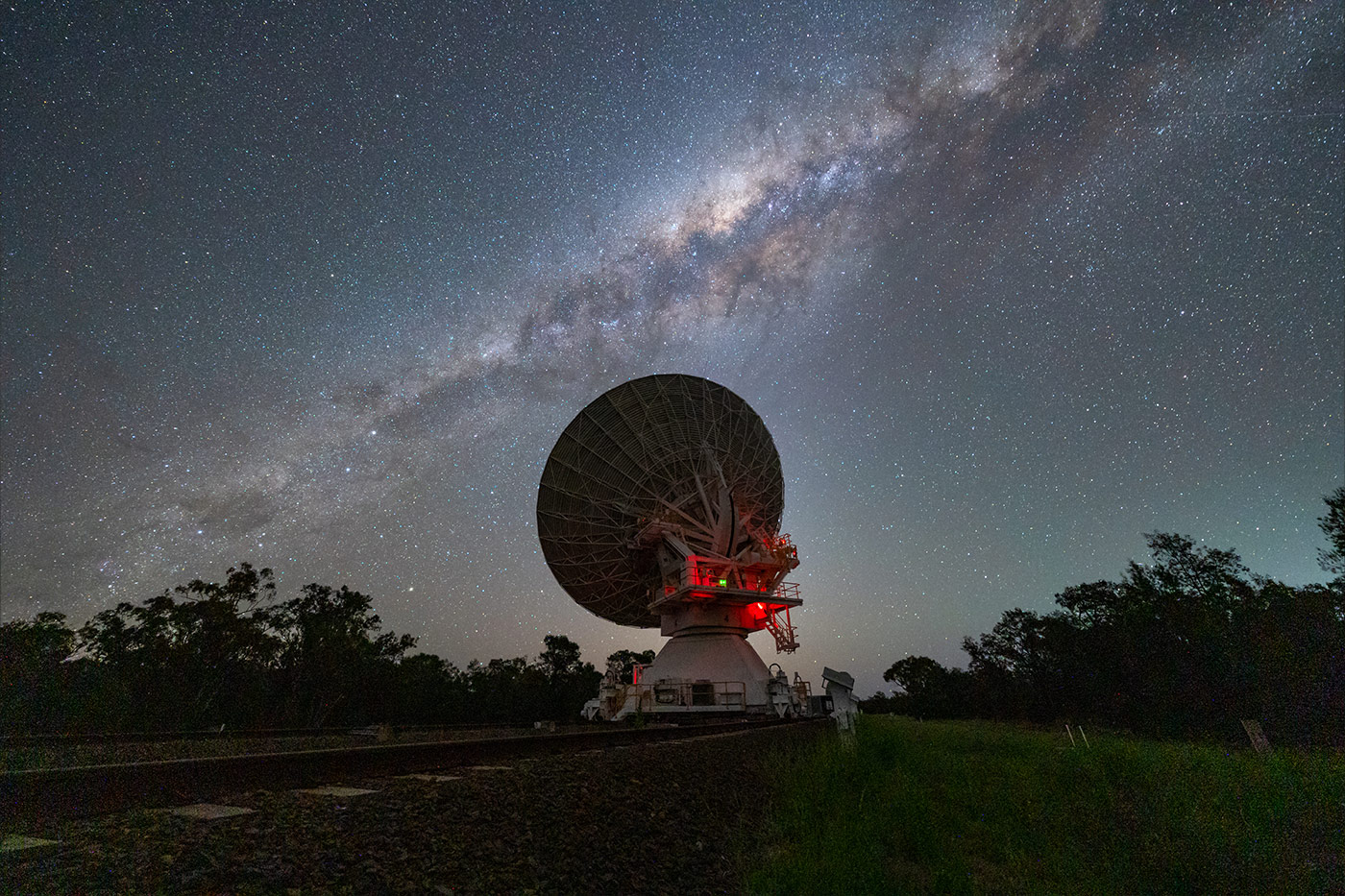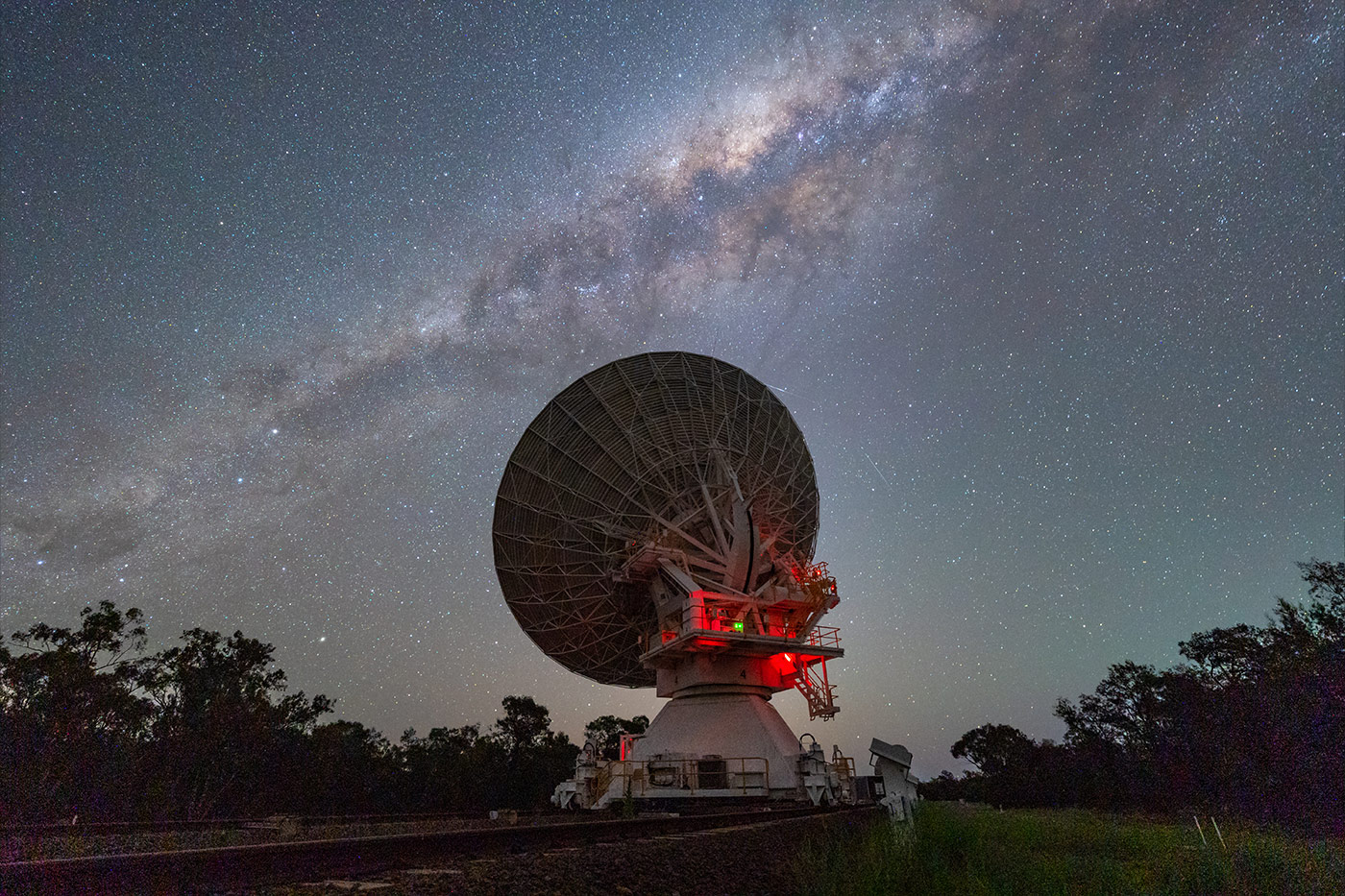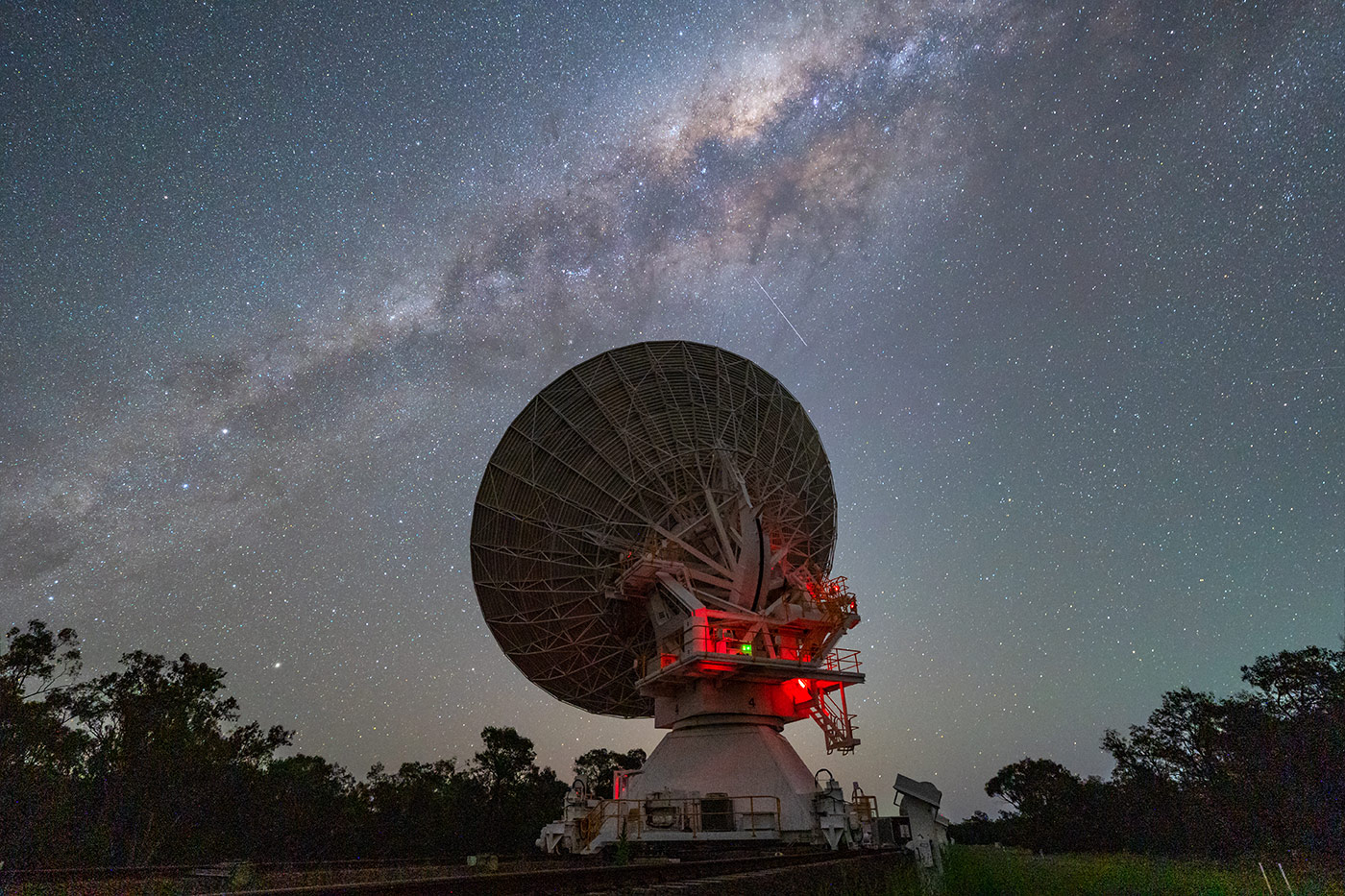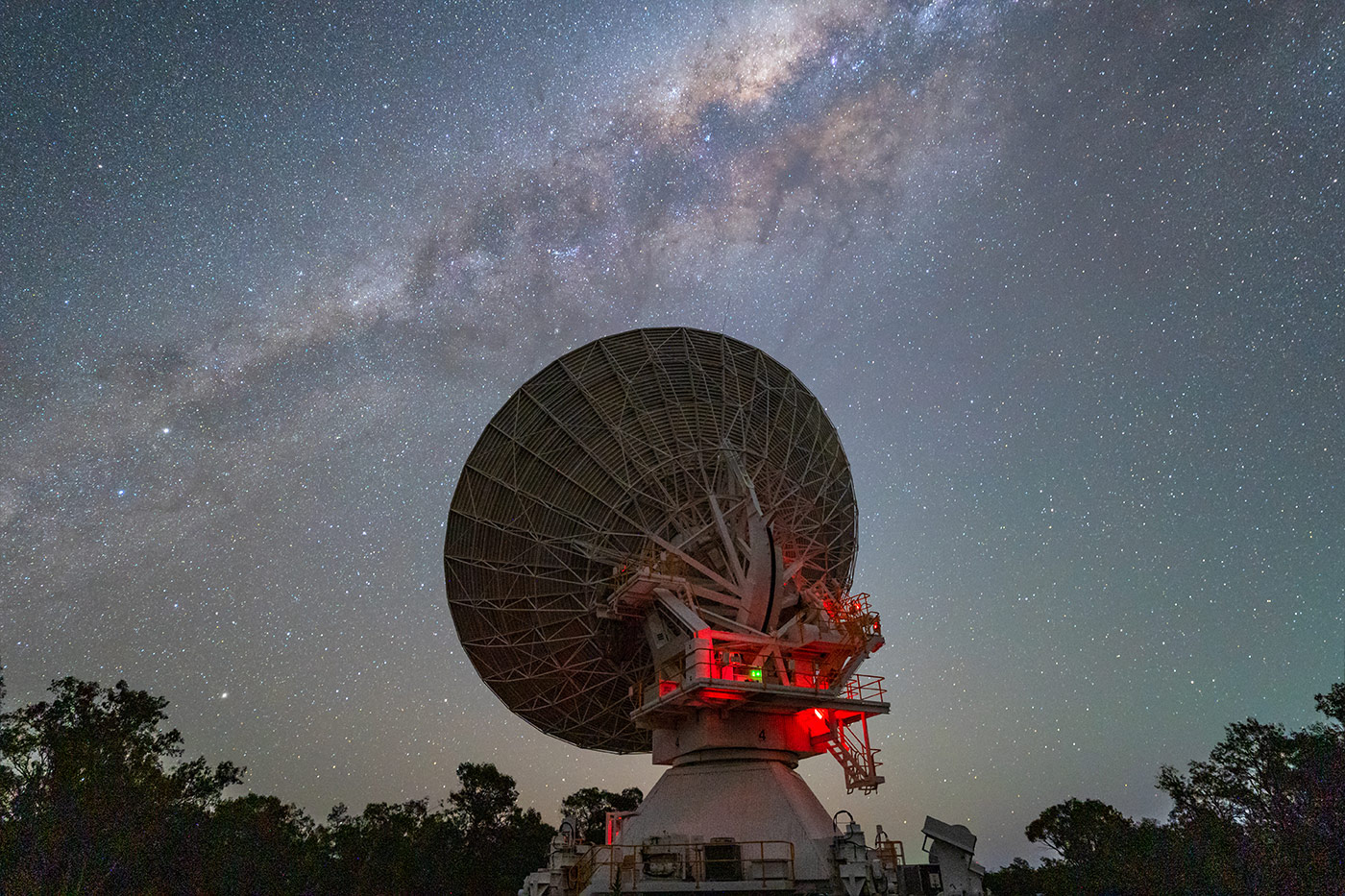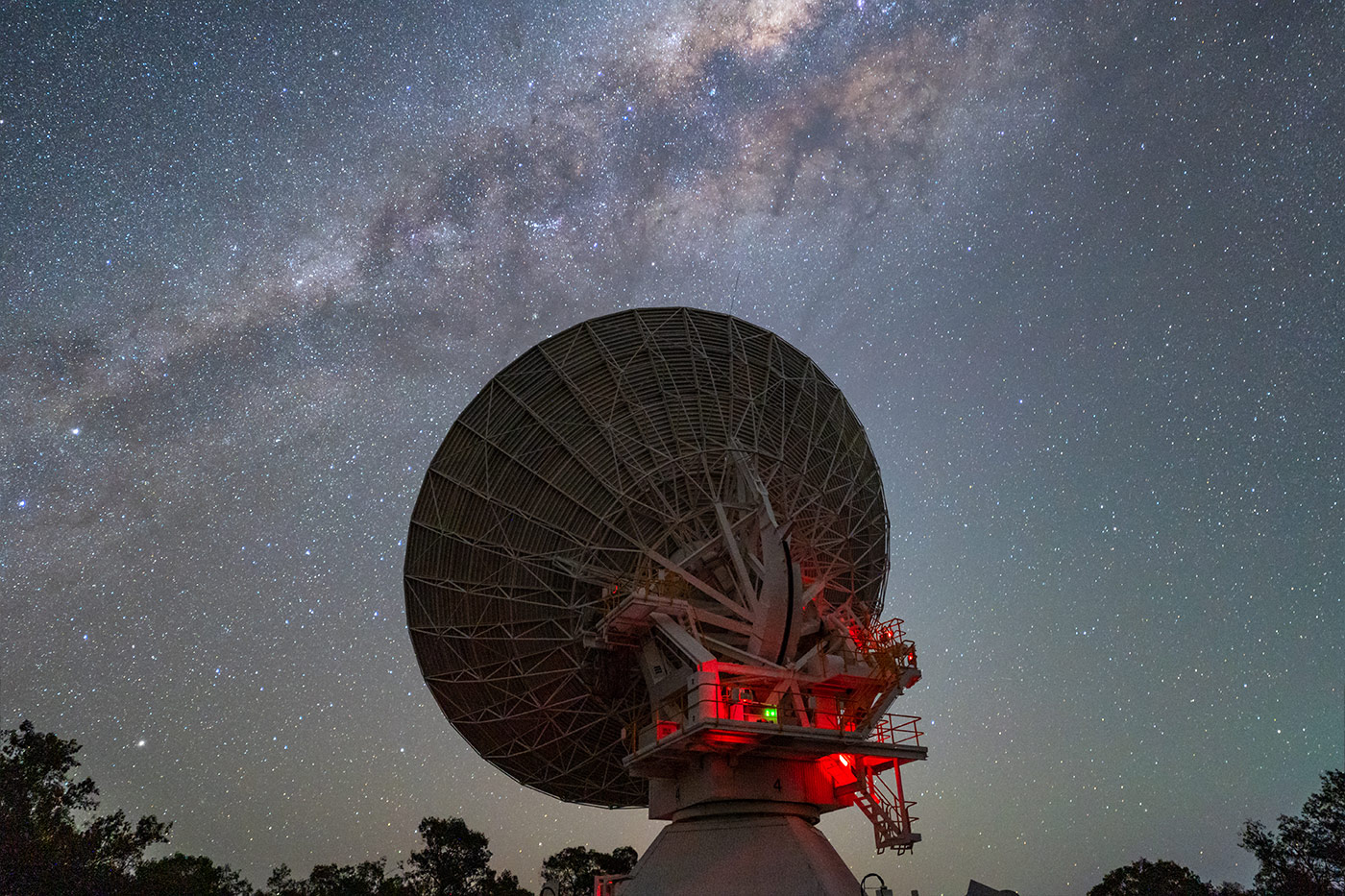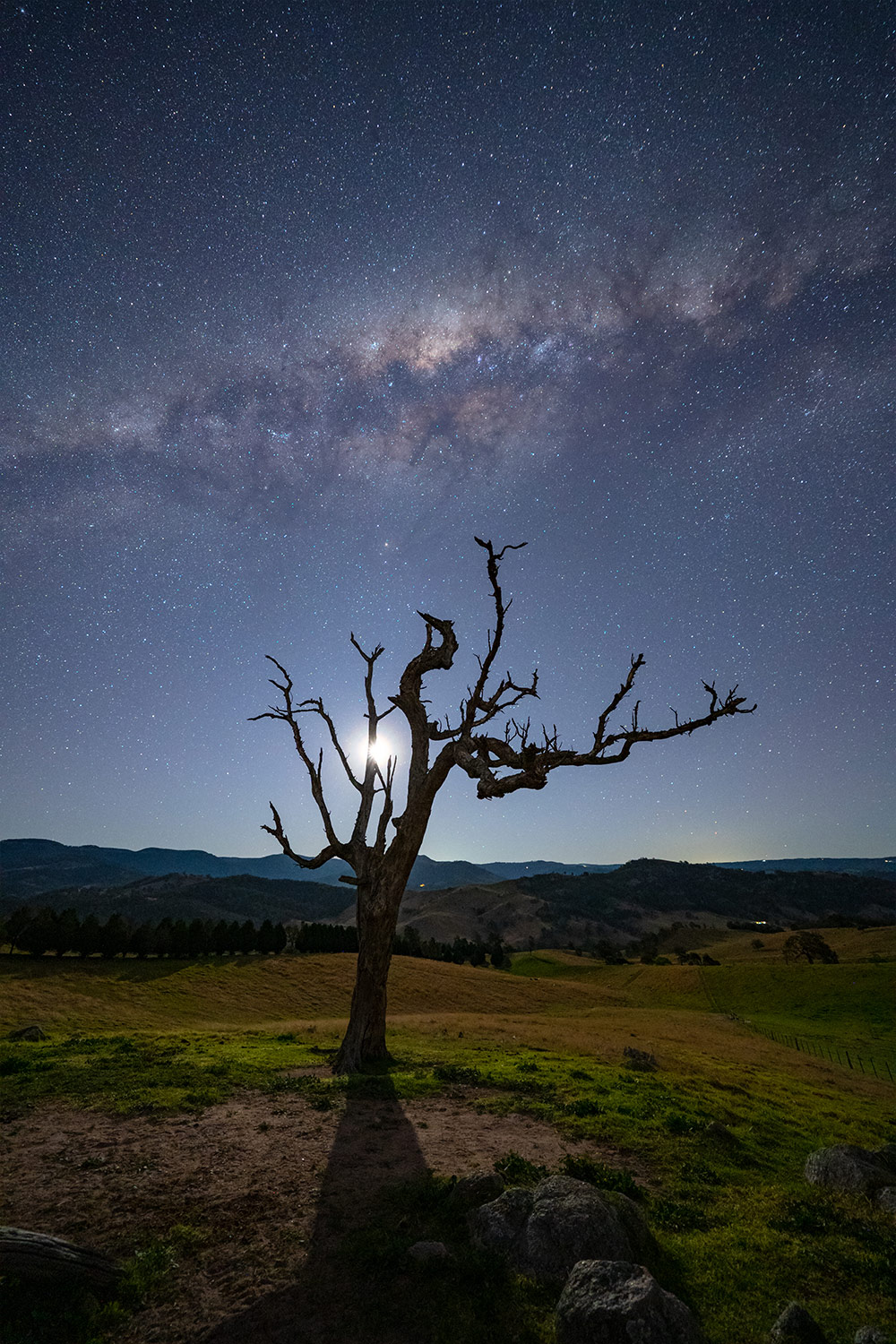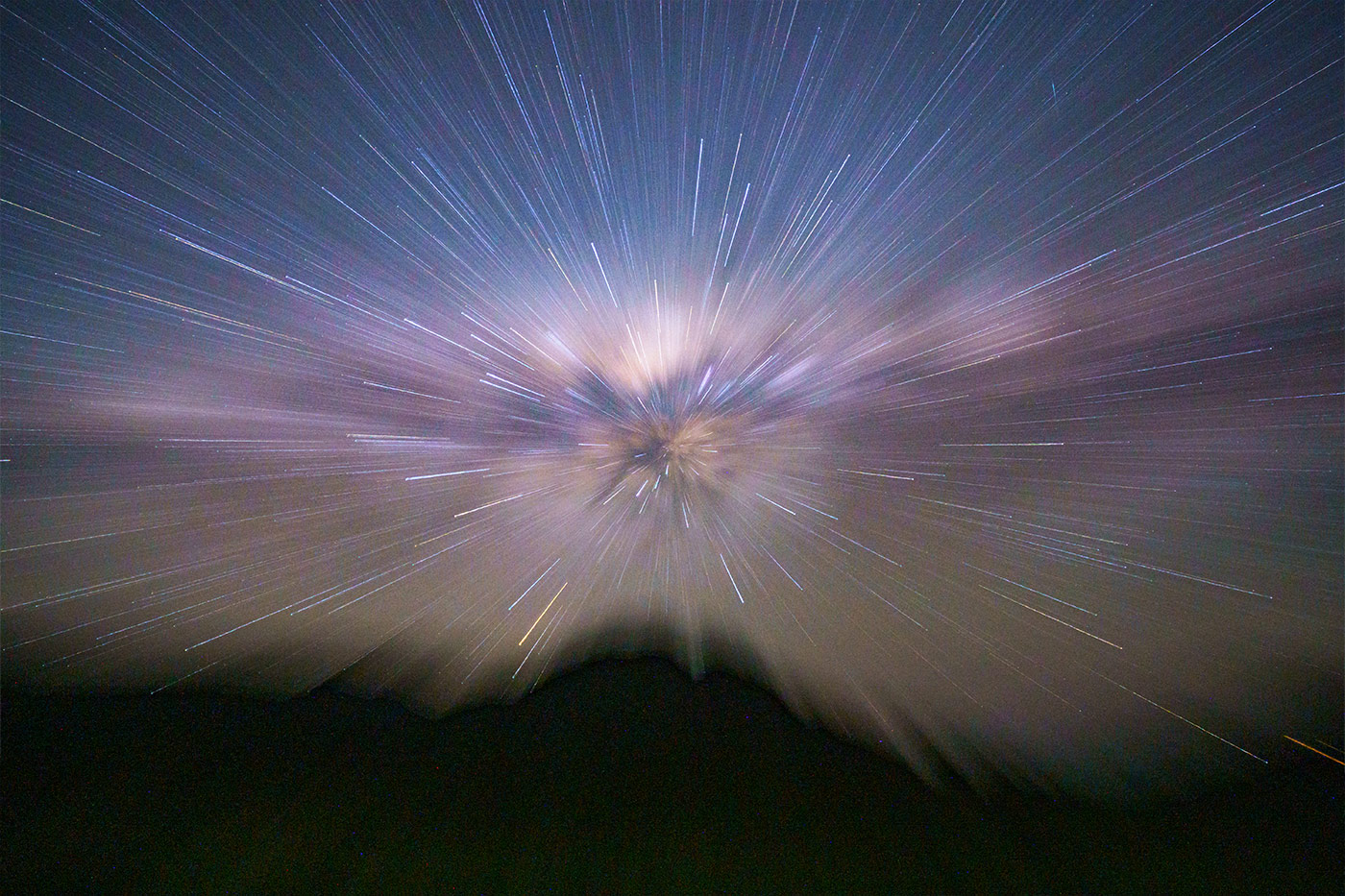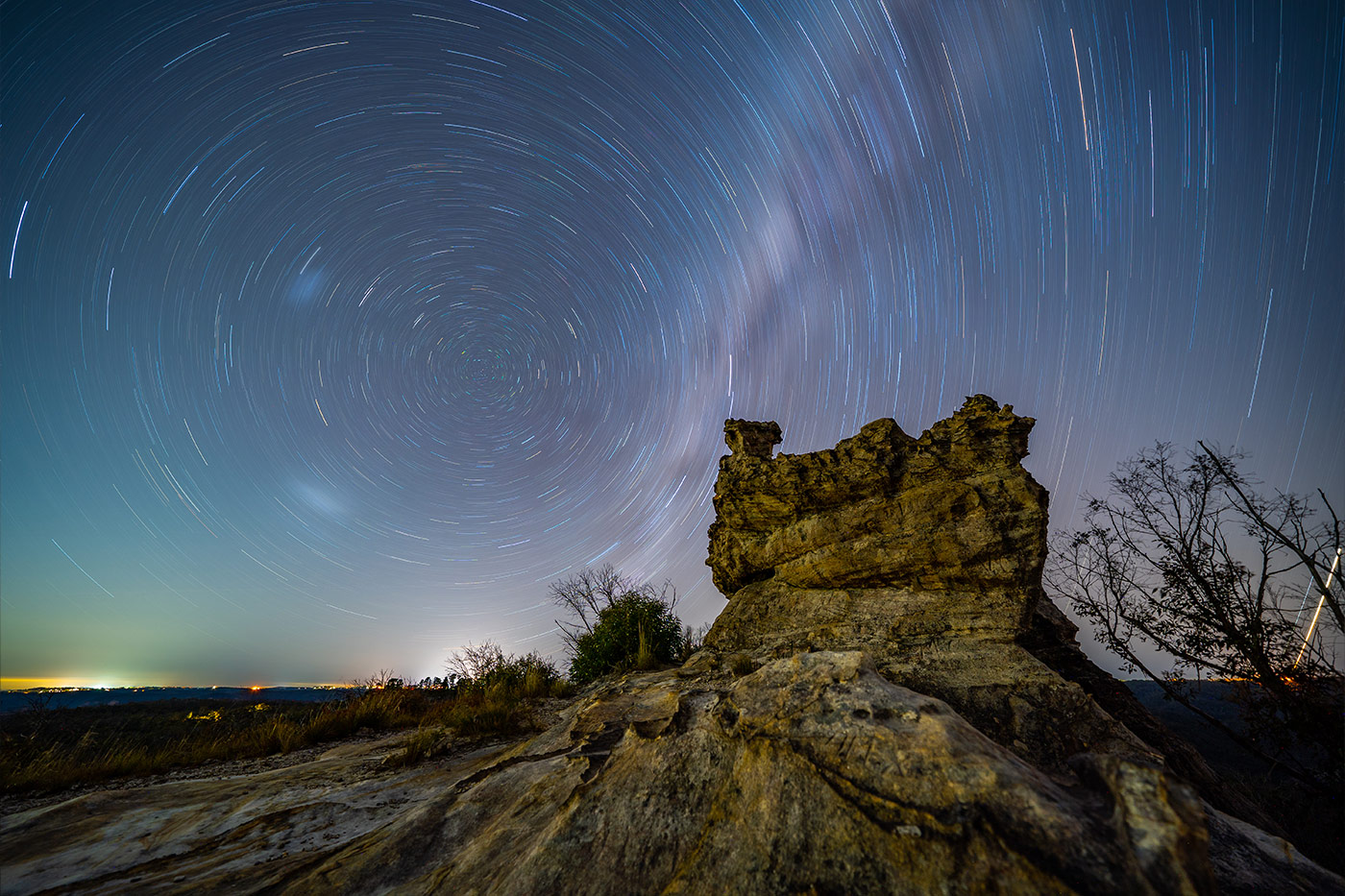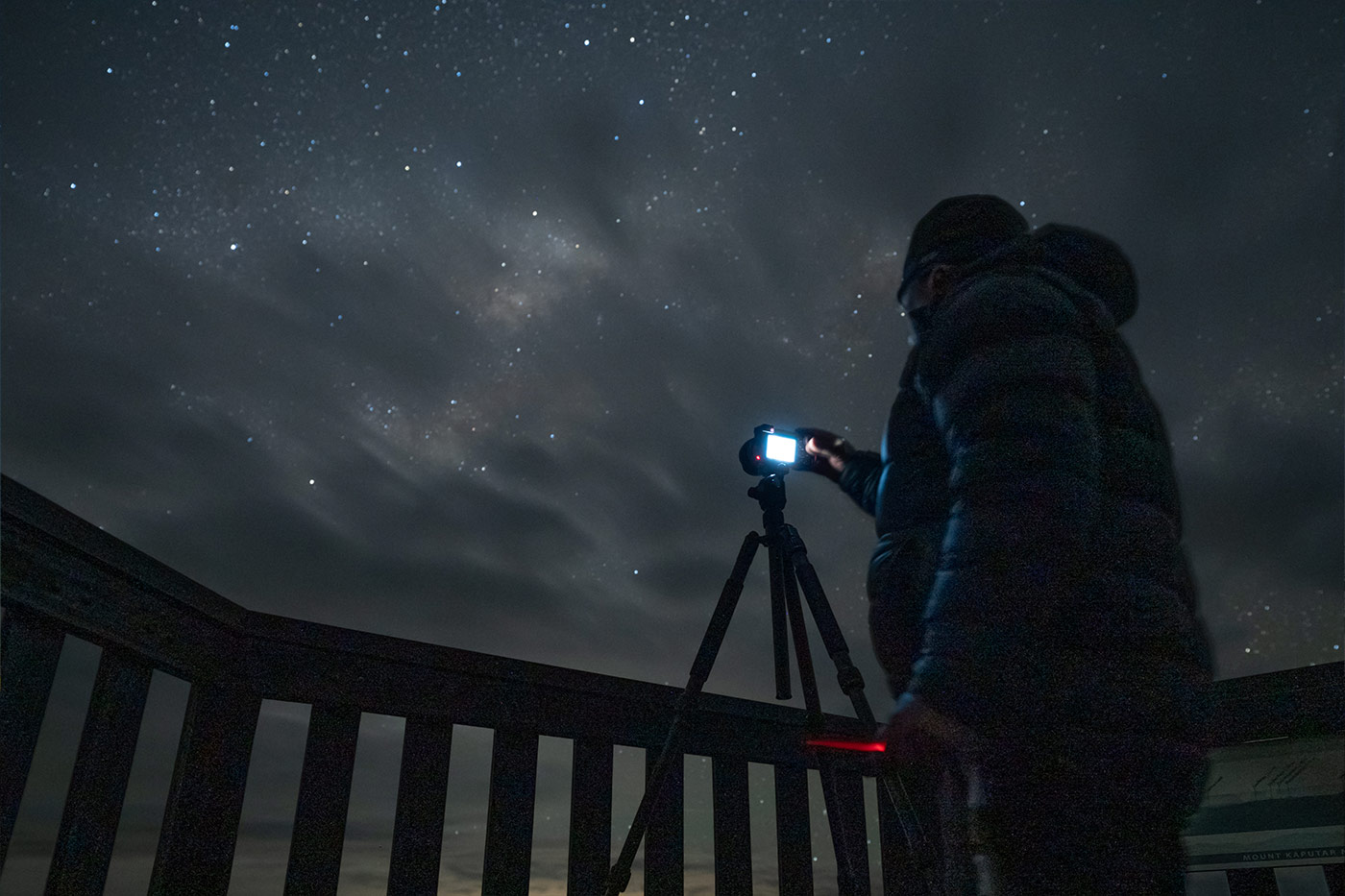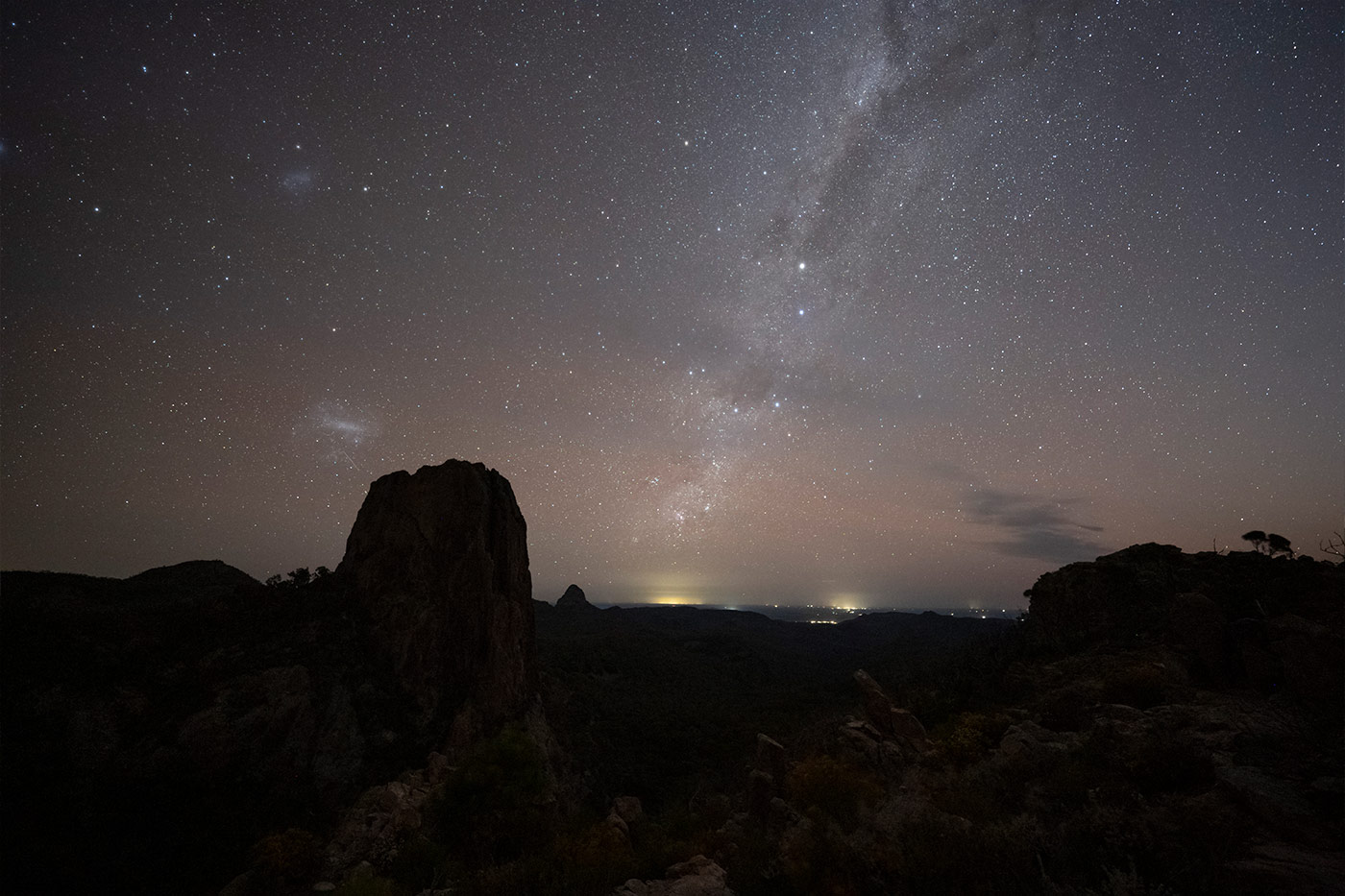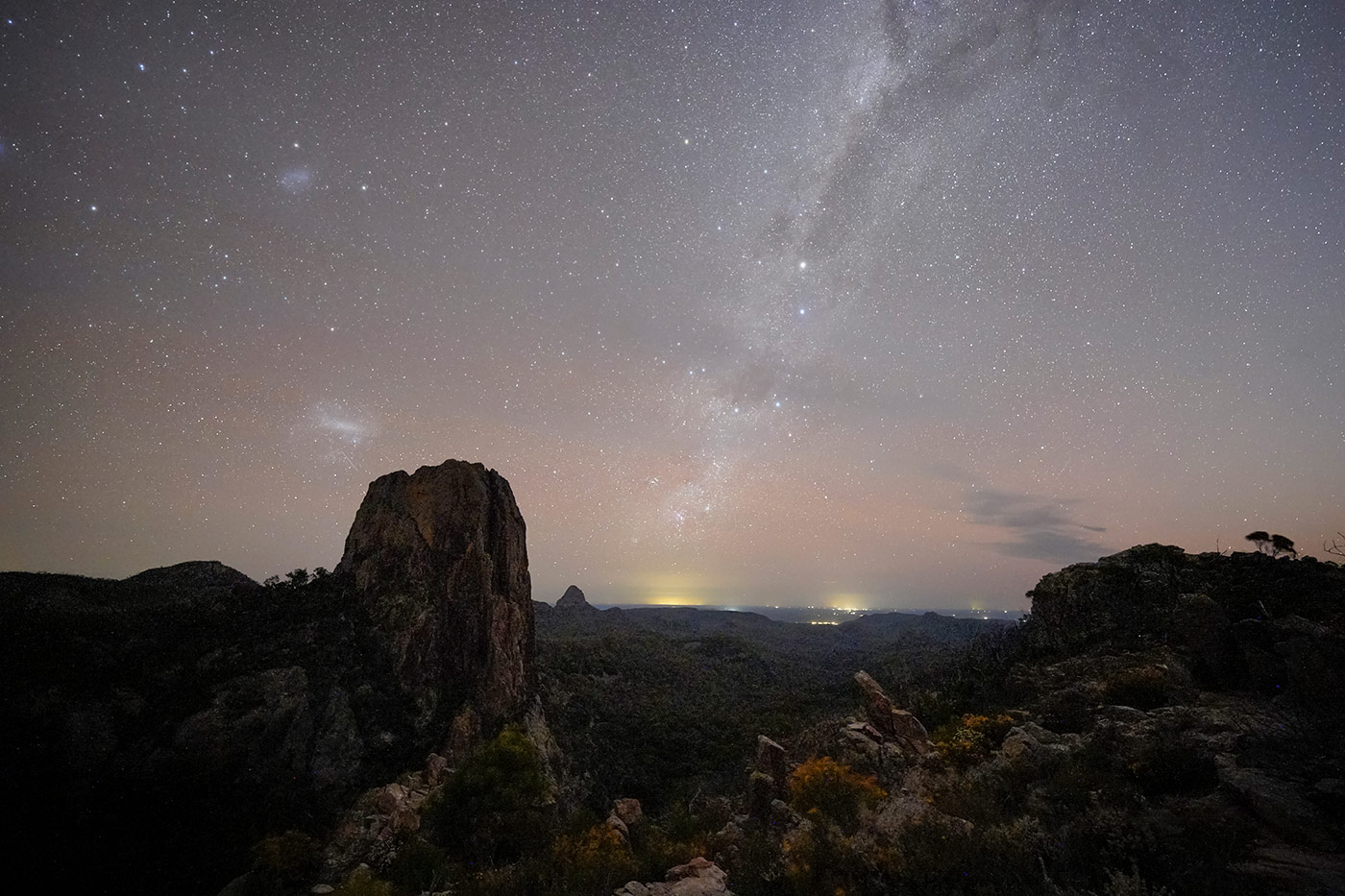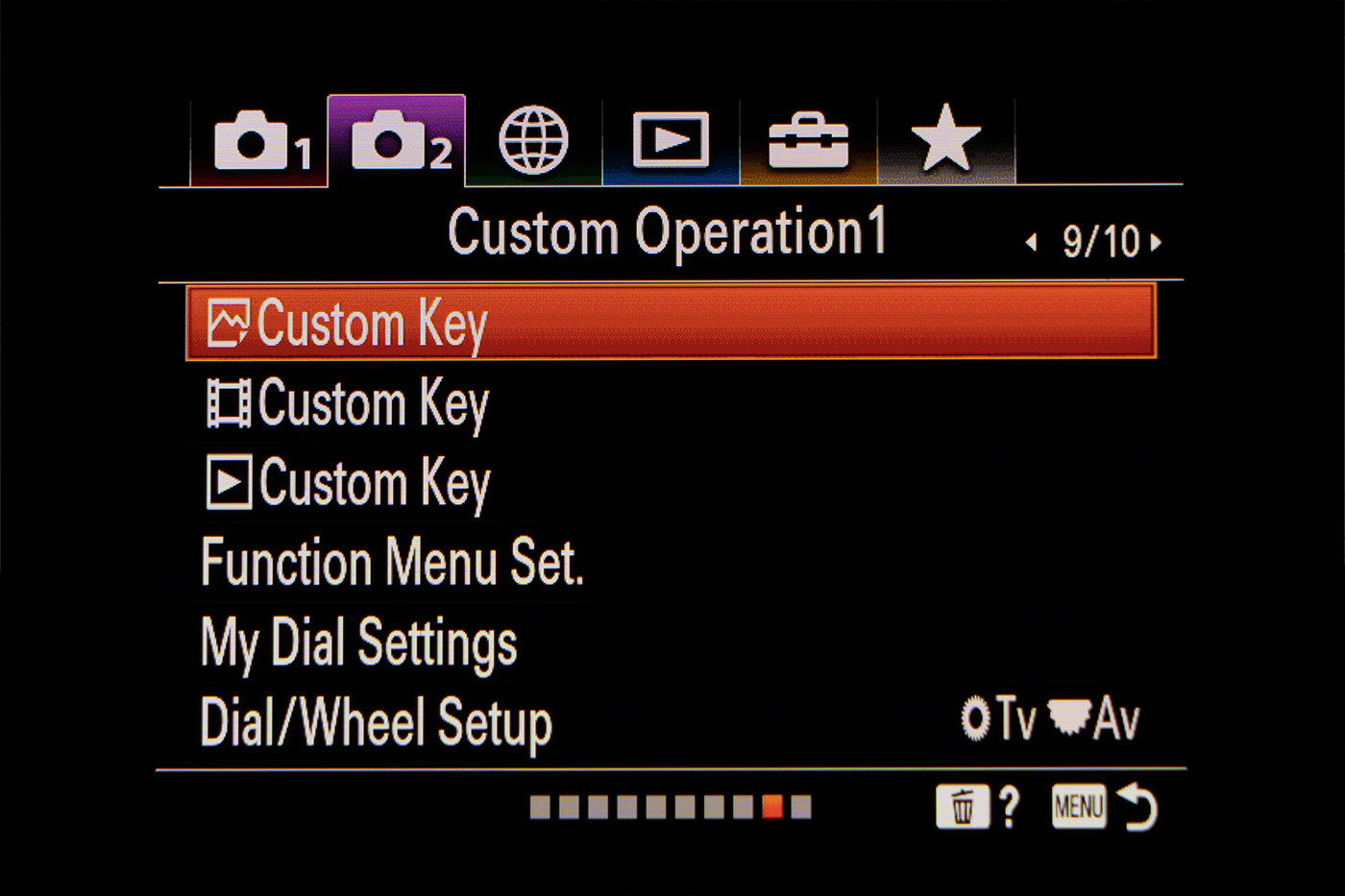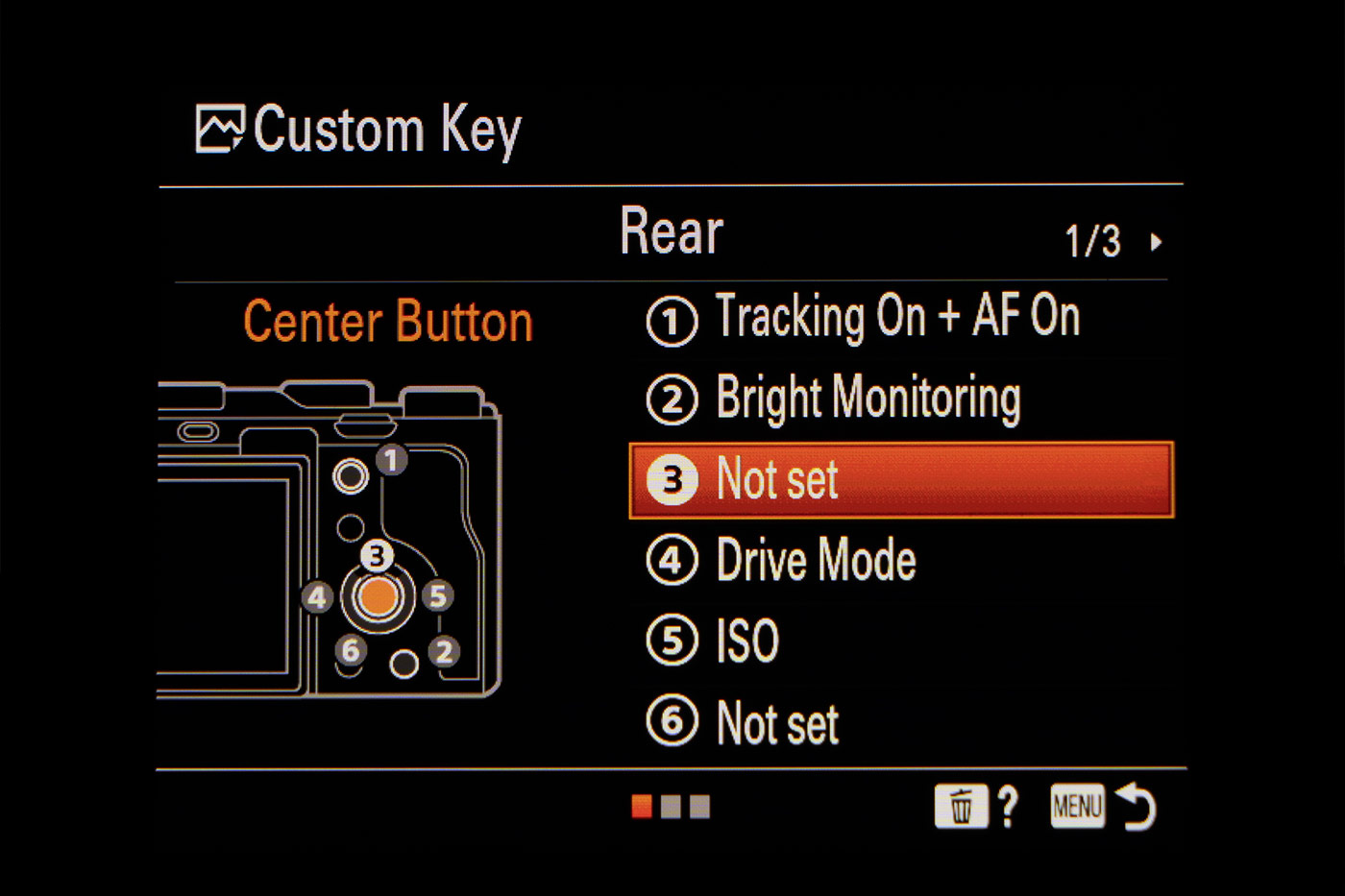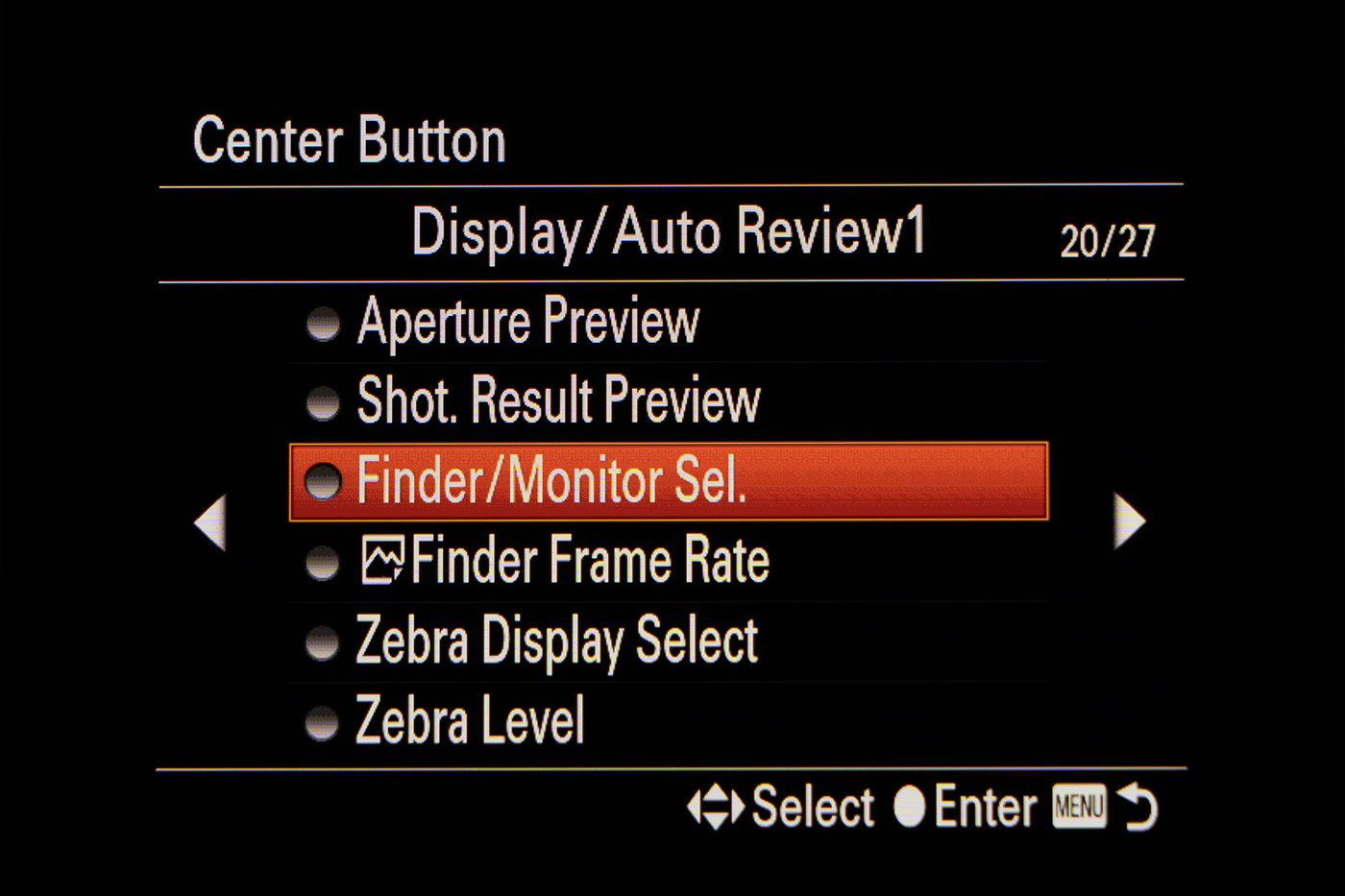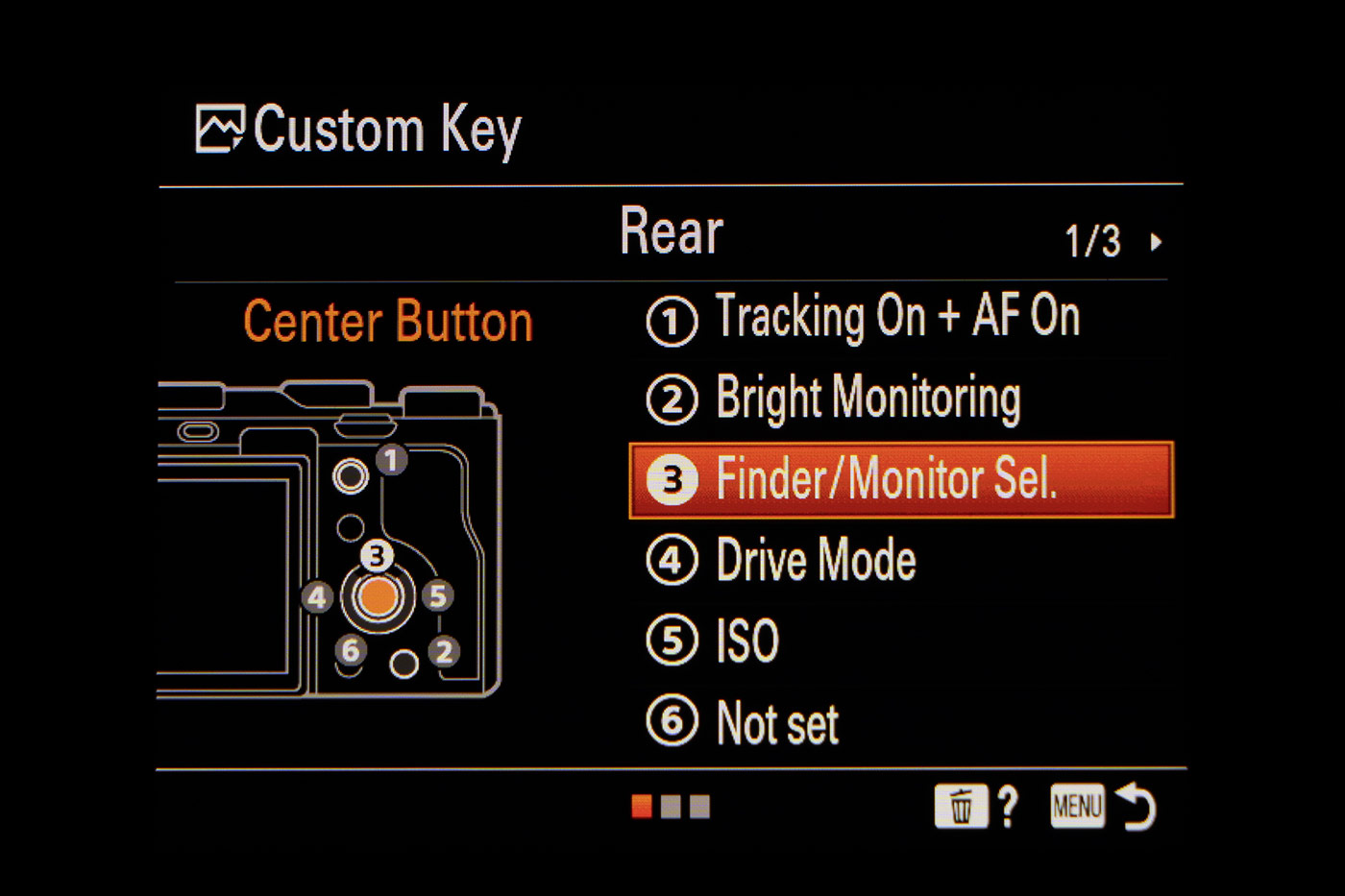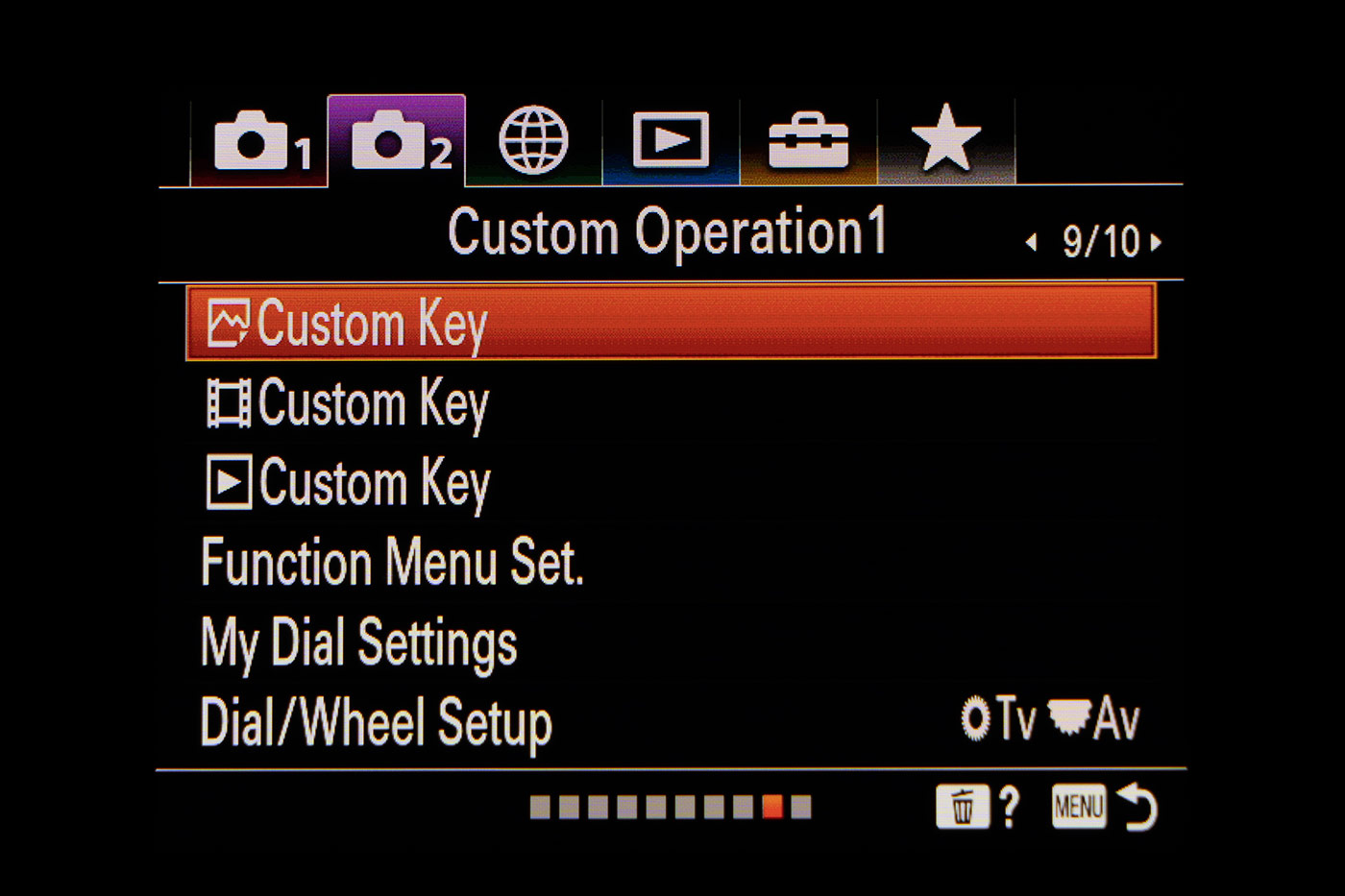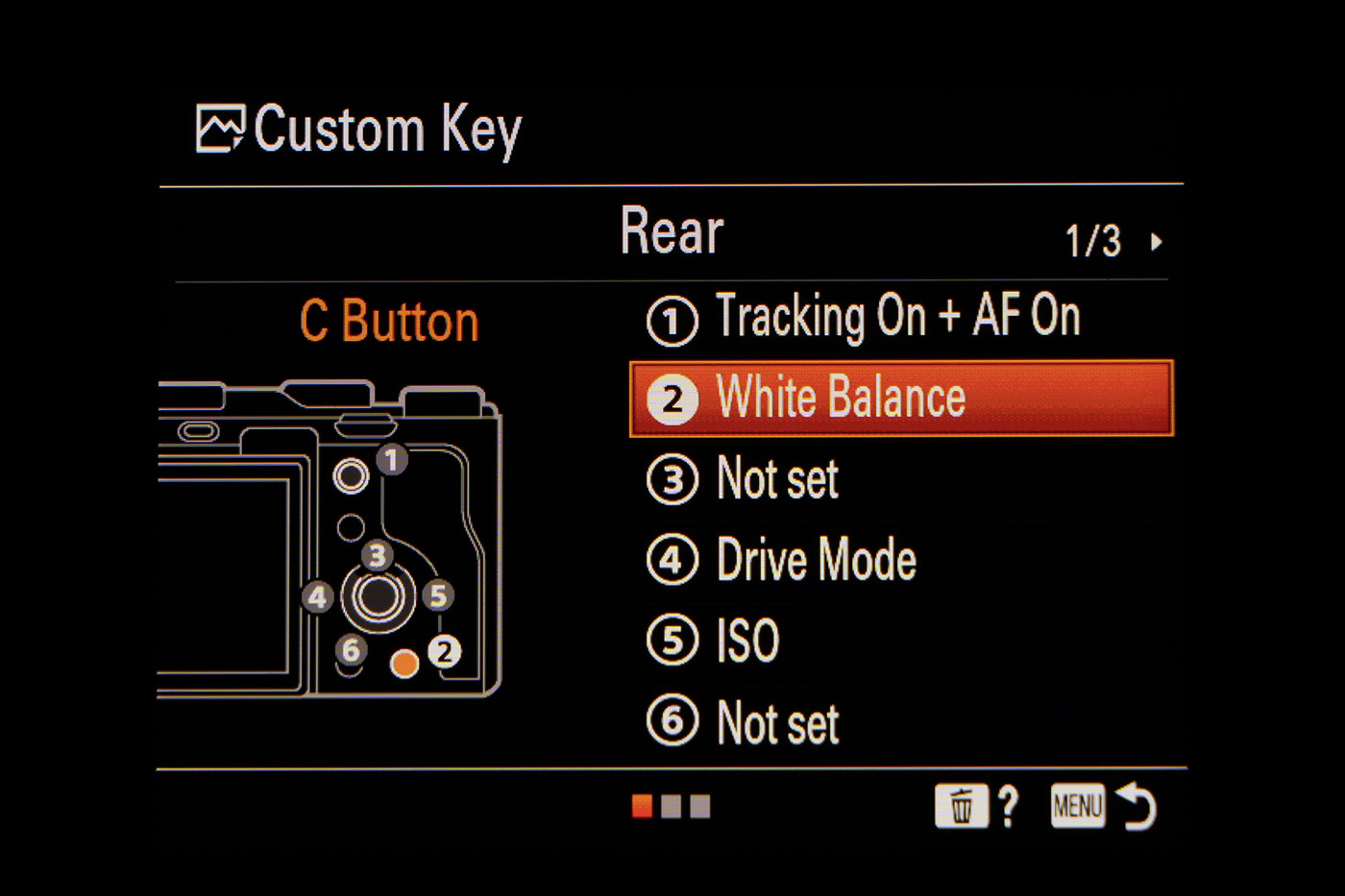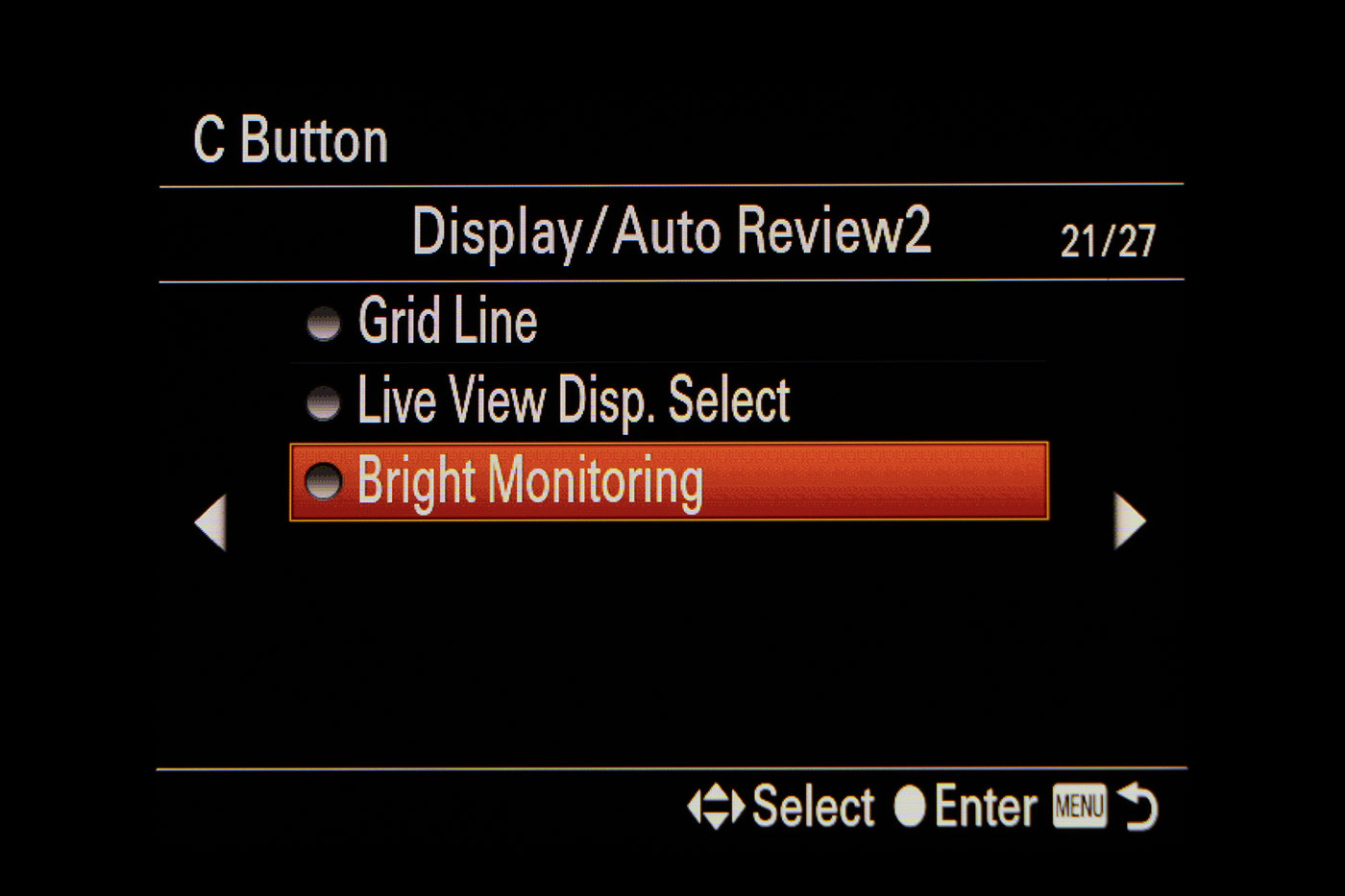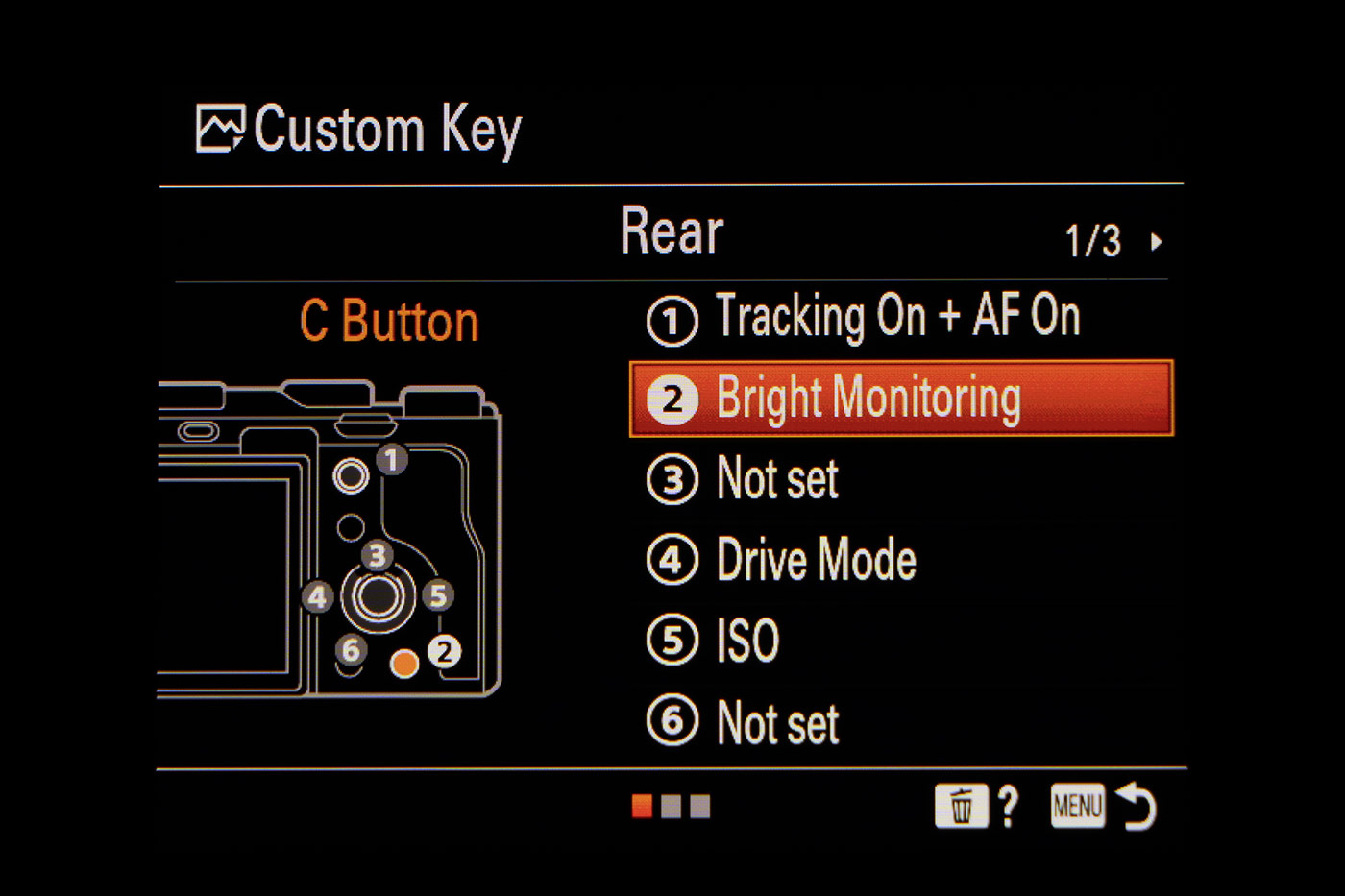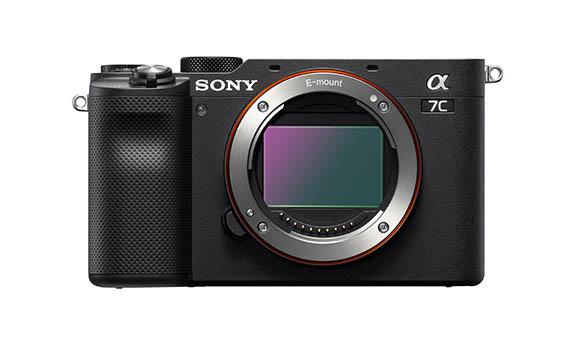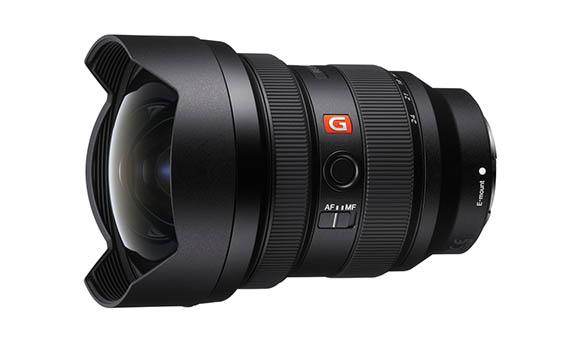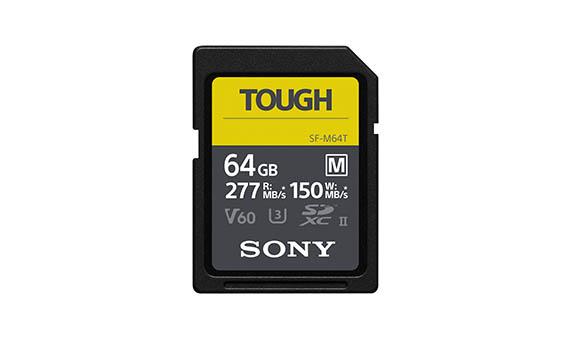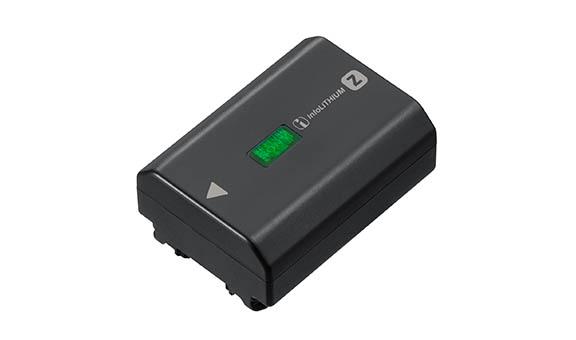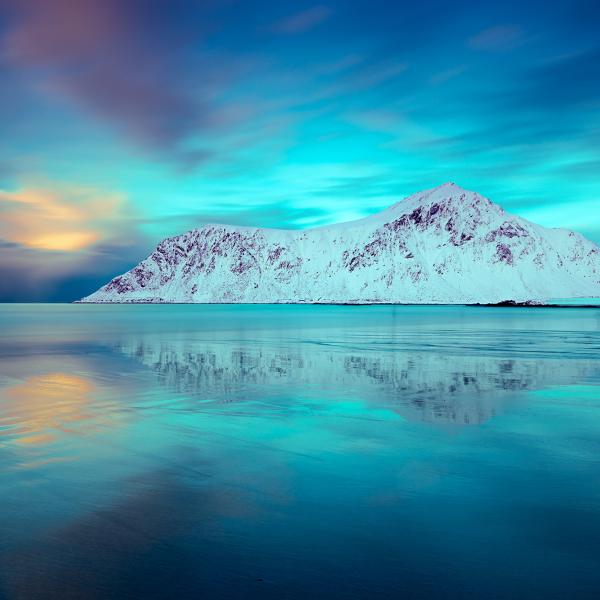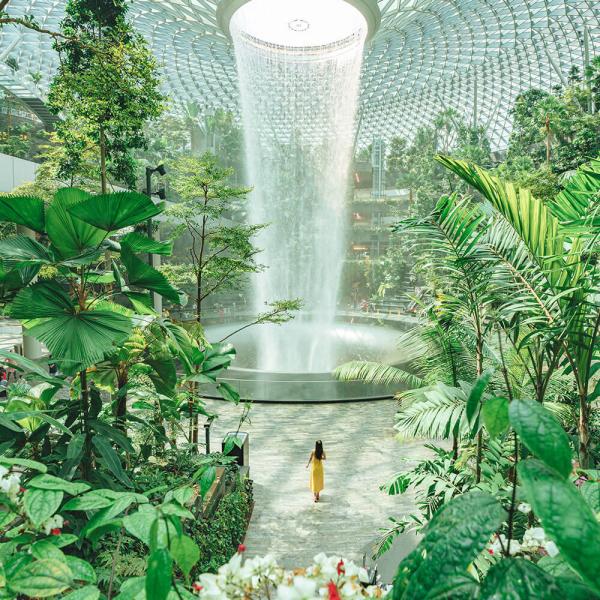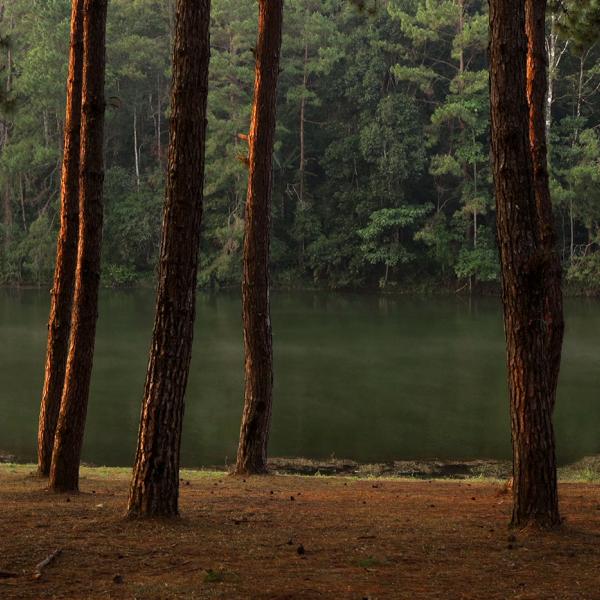FE 12-24mm F2.8 GM | Ideal for astrophotography | Review by Jay Evans
Jay has an affinity for photographing our world at its natural best, and captures various landscapes, seascapes, nightscapes and astro shots. His photography kit of choice includes the Alpha 7C, the FE 14mm F1.8 GM prime lens and the FE 12-24mm F2.8 GM zoom lens.
Shooting for the stars: My beginnings in astrophotography
I got my first digital camera in 2008 and was fascinated by its time-lapse feature. My first few time-lapse shots were in the mornings and evenings, but after spending hours in darkness capturing cruise liners docking in Sydney Harbour, I was captivated at how I had also captured the movement of the stars in the dark night sky.
That led me to start photographing star trails, and while I was on a remote overnight hike in the Warrumbungles, realised that my camera could actually capture the Milky Way! I was immediately hooked.
The stunning natural landscapes of Australia are a huge inspiration to my photography, but my passion for astrophotography truly stems from the thrill of finding a location devoid of light pollution – where I can capture natural features in a landscape, with the night sky as a gorgeous backdrop. This continually inspires me to plan, prepare and get out there!
Astro settings
Here's a quick start guide on general settings you can use to take great photos of star trails, the Milky Way and time-lapse shots.
- Turn "Long Exposure Noise Reduction" off
- White balance: Use a Kelvin setting of 4000
- Shoot in RAW Uncompressed to maintain high bit depth for dynamic range and colour
- Turn off Steadyshot/OSS (if your lens has it)
- Mount the camera securely on the tripod
Astrophotography + zoom = A match made in heaven
The FE 12-24mm F2.8 GM is a sensational lens to have in your astro arsenal. Its constant F2.8 at 12 or 24mm is essential for nightscapes, letting in an extraordinary amount of light for a lens of this focal range.
What's more, its ultra-wide focal length easily captures a huge field of view across both landscapes and night skies. You also get outstanding versatility and flexibility when it comes to composition, being able to zoom up to 24mm to compress a scene and capture details in the landscape – without much need to refocus every time.
The lens also enables you to get creative – shooting scenes like an "exploding" Milky Way (which you can create by twisting your zoom ring while the shutter is open).
Showcasing the flexibility of a 12-24mm zoom lens
With a zoom lens, your possibilities are endless. These are just some of the many varieties of shots that you can capture with this versatile lens.
12-24mm flexibility with a constant F2.8
12-24mm zoom (same distance, various zoom levels)
The petrified tree of Megalong Valley
One of my favourite astro locations in the Blue Mountains is alongside a road deep inside the Megalong Valley, where a solitary petrified tree sits – beckoning to photographers who have ventured this far.
On this night, the moon was still setting as the Milky Way dropped to the west. This provided powerful lighting across the entire landscape and projected a shadow that cast a menacing image, which I just had to capture with my Alpha 7C and FE 12-24mm F2.8 GM!
This tree was only 3 metres from the fence line where I could set up the tripod and camera, so having the versatility of a 12mm ultra-wide focal length allowed me to shoot the scene easily – even with the tree a distance away.
When taking photos when a 12mm lens, always consider just how wide your shot will be – and check your surroundings for distractions that you may not usually notice, especially in the dark.
Pro advice: Replicating subtle moonlight
Some moonlight can be good for your nightscapes, whether it's moonlight lighting up your scene from behind, or a sliver of the moon peeking out from above or below the Milky Way. You could also use a foreground object to "hide" the moon, while it lights up your scene and creates beautiful, dramatic shadows.
If the landscape is devoid of light (making it difficult to pick out details from shadows), try using low lumen LED lighting (also called low level lighting) to replicate subtle moonlight in your composition. And if you're in a pinch, you could also get creative and use the light from your mobile phone!
Time-lapse: Capturing a landscape, over time
One of the most beautiful aspects of astrophotography is the time-lapse video, which is made up of photographs taken over a period of time. In seconds, a time-lapse video can showcase the gorgeous changes that happen over an entire night – and captivate audiences.
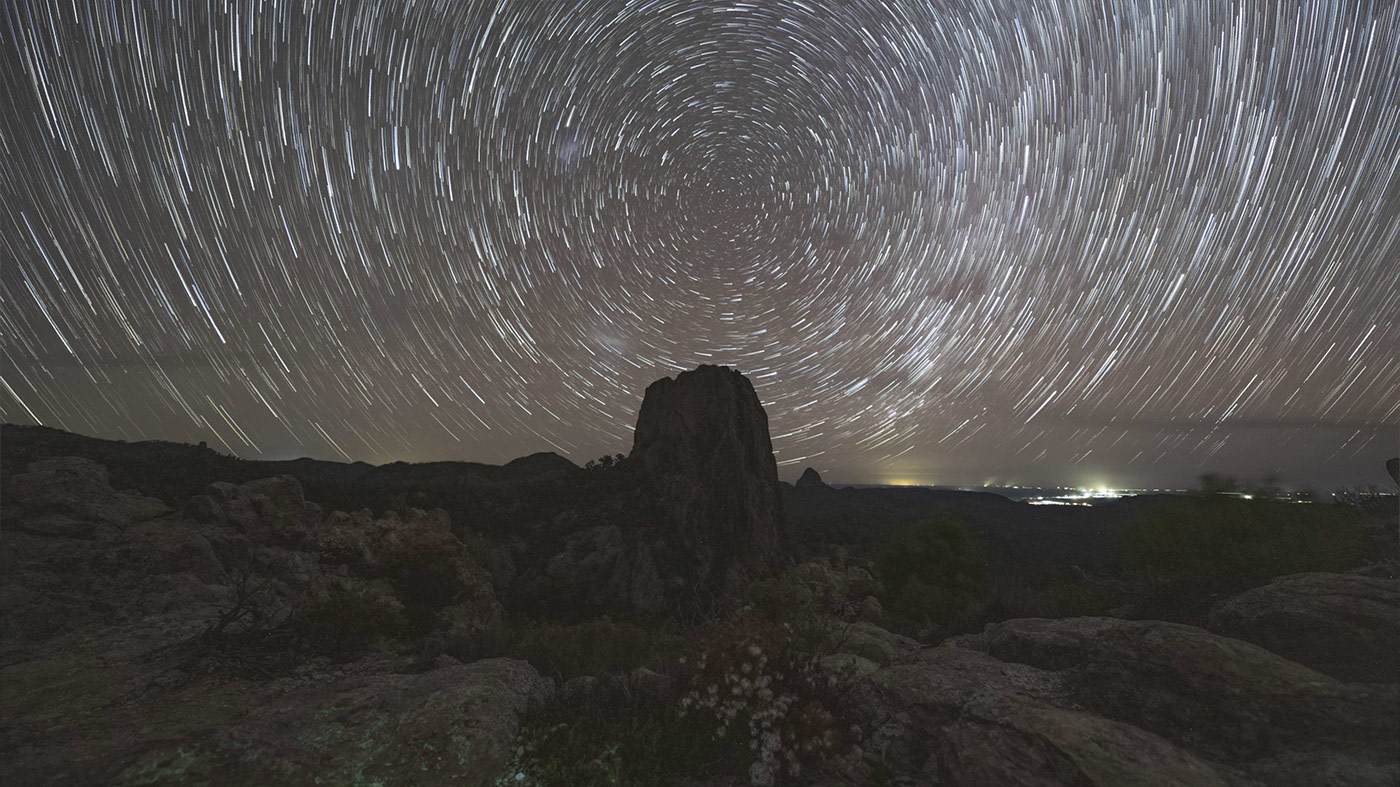
The possibilities for your time-lapse shots are endless, but these tips can help you get started:
- Compose your scene: Before starting your time-lapse sequence, look at the scene, compose it thoughtfully, and consider what is likely to change, what aspect of motion you wish to capture, and whether anything may interfere with your shots (like objects entering the scene)
- Take a few test shots: Check your images for focus. Check for distracting elements that might not be obvious to the eye, and check your lighting to ensure that ou are capturing details in the foreground that can be pulled out in editing later.
- Set the "Interval Shoot Func.": To maintain the movement of stars and the sky in your astro time-lapse, use the Interval Shoot Function on the camera and set the interval to the same time as your exposure. This ensures that as soon as the shutter closes on one frame, it immediately opens for the next.
- Once complete: Export your frames, then import them as a sequence into Adobe After Effects, Adobe Premier, Davinci Resolve, or LRTimelapse. There are plenty of online resources available on how to compile your time-lapse sequences into a final video file.
- Extra motion: You can introduce extra motion in your time-lapse by setting up the camera on a tracking mount, motorised rotator or motorised slider.
The "exploding" Milky Way
With its ultra-wide angle, the FE 12-24mm F2.8 GM zoom lens provides you with plenty of opportunities to work with your composition – and in astrophotography, this versatility also expands your creative options, enabling you to take some truly unique shots like this "exploding" Milky Way!
In astrophotography and nightscaping, we often say that 24mm is the smallest usable focal distance when shooting the Milky Way (before you should consider switching to a panoramic shot).
Having a full range of 12mm to 24mm and a constant F2.8 aperture (with minimal need to refocus across the entire range) gives you the opportunity to work with your composition, compress features such as lighthouses, get low and close to objects on the ground, or get high up to shoot a broad scene across the landscape.
Pro advice: Be different
When out shooting, try to capture something unique. After all, lots of photographers have captured an image of the Milky Way or a star trail, and may even have combined it with a well-known feature in the landscape.
For your astro shots to stand out, try finding something unique to capture. Think about approaching the scene from a different viewpoint, focusing on an interesting foreground subject, including some macro and bokeh stars, or simply capture a different element of the night sky.
You can also use creative techniques, like light painting tools, to differentiate your photos from your peers. Look for "unicorns" that can really jazz up your images – for example, meteors, an aurora, zodiacal lights, satellites or iridium flares. Some of these, you can't plan for – others, you most definitely can!
Captivating long exposure shots
Here's an example of a long exposure shot. To set up such shots, make sure your camera doesn't move for the entire duration of the exposure. You can do so by fixing your camera firmly to a tripod, and ensuring the tripod is on solid ground.
Always open the tripod legs as wide as possible to create a more stable footprint. This will help to reduce vibrations from wind, as well as keep the camera stable.
Once again, the FE 12-24mm F2.8 GM's wide angle is amazing for these shots. It offers a field of view that's simply perfect for capturing vast skies and beautifully detailed landscapes – captured with long exposure times.
Pro advice: Location, location, location!
When you're first starting out, it's good to visit locations that are well-visited by other photographers. Those make fantastic shots for your social media!
But don't just stick to these popular spots. Get out there and scout for interesting compositions. You might find new ideas when looking at buildings and structures from different angles, or you could find a wide-open view of a coastal rock formation, or more. Who knows, you may even discover a stunning waterfall that's perfectly placed for you to capture a shot of flowing water, with the Milky Way in the sky above.
There are so many interesting and unique locations out there, just waiting to be discovered! While exploring, do remember to respect the environment and private property – and always ensure you have permission to shoot at your chosen location.
The splendour of astrophotography
The breathtaking experience of gazing at a crystal-clear night sky is something often missed, especially if you live in a heavily light polluted area. But when you set out to capture the galaxy with your camera, everything takes on a whole new meaning.
These are my preferred astrophotography settings on the Alpha 7C, which you can use to get started (before finding your own sweet spot on your camera).
- Don't have a remote? No worries, simply use the 2-second. But remember, the timer light on the front of the camera can cast an orange glow in someone else's photograph – so play nice by placing a piece of black electrical tape over it
- Try using the Dynamic Range Optimiser (DRO) if your landscape is very dark. Remember, this only applies to JPG files – so your editing and control will be more limited, compared to having a RAW file.
- If your landscape is too dark, you can also use a "Picture Profile". PP3 provides a huge gain in dynamic range, but at the cost of colour (gamma). However, this can be fixed (to a certain degree) in your editing workflow.
- Focus Peaking can help with finding the optimum focus point of your stars – especially in wide open apertures – by highlighting stars (that you may have otherwise missed) in the focus magnifier.
- Set the Finder/Monitor selection to a button. (I normally use the centre button on the dial.) This can help reduce battery consumption when shooting star trails or timelapse shots.
- Enable Bright Monitoring to add more dynamic range to your Liveview. This can really help when composing a dark scene.
- Use the Memory function of your camera to save your Astro setup. This way, you can switch it on a access it quickly – while also switching back to normal settings in a snap. This ensures you won't miss a wildlife shot or a family moment, while switching your ISO and exposure time back to your regular daytime settings.
As you spend time under a blanket of stars, you learn more about celestial objects found at different times of the year. You study constellations, observe how the earth's movement creates the motion we see in star trails, and so much more.
All this knowledge augments the experience of astrophotography and transforms each experience into a unique and mesmerising affair. It's an addiction that's led me to explore the world from a new point of view, while expanding my photographic repertoire with new and exciting techniques.
And I capture all this, with my trusted Alpha 7C camera, FE 14mm F1.8 GM prime lens and FE 12-24mm F2.8 GM zoom lens.

